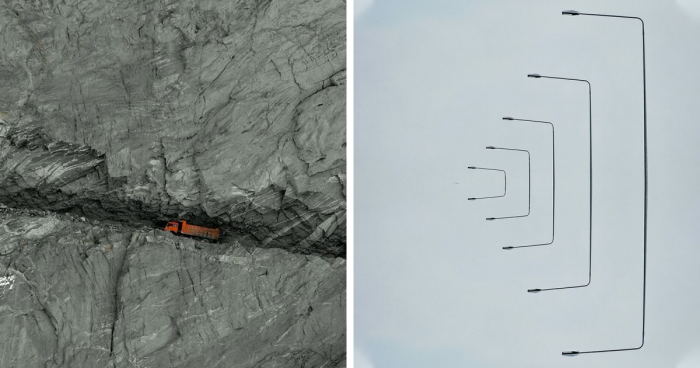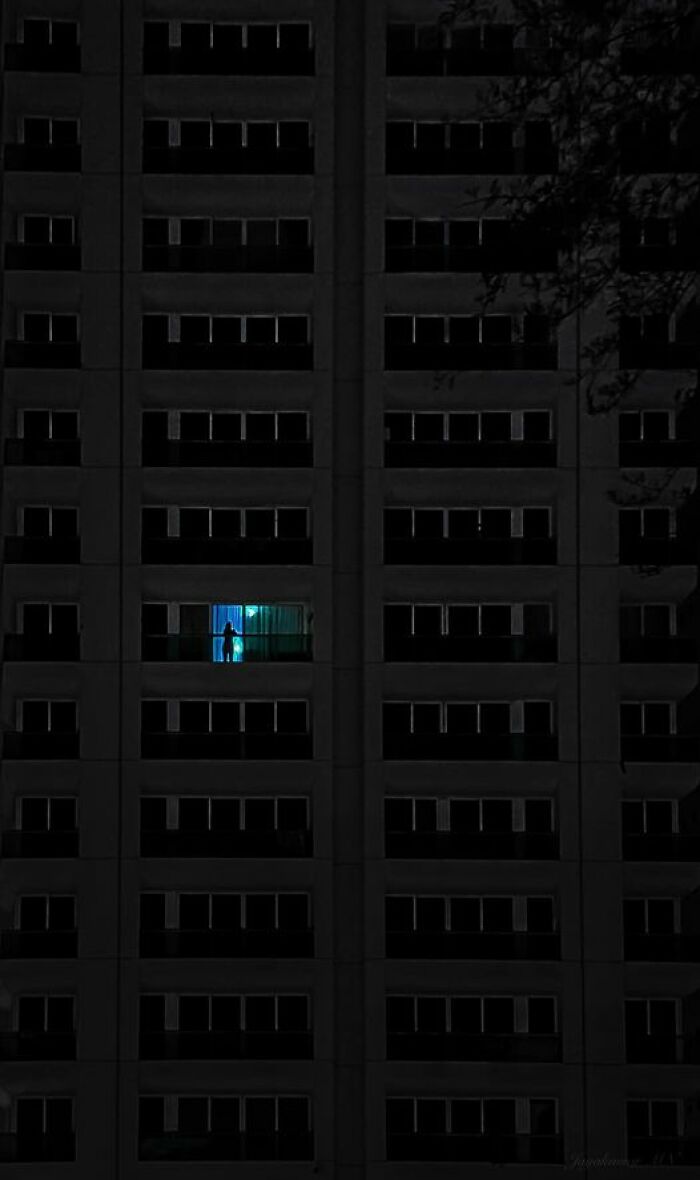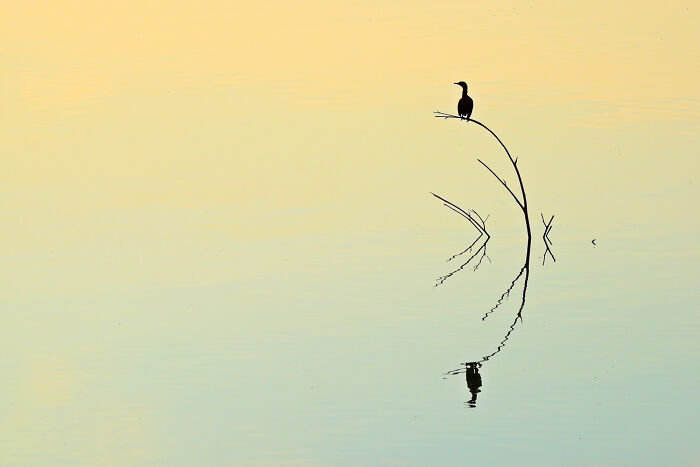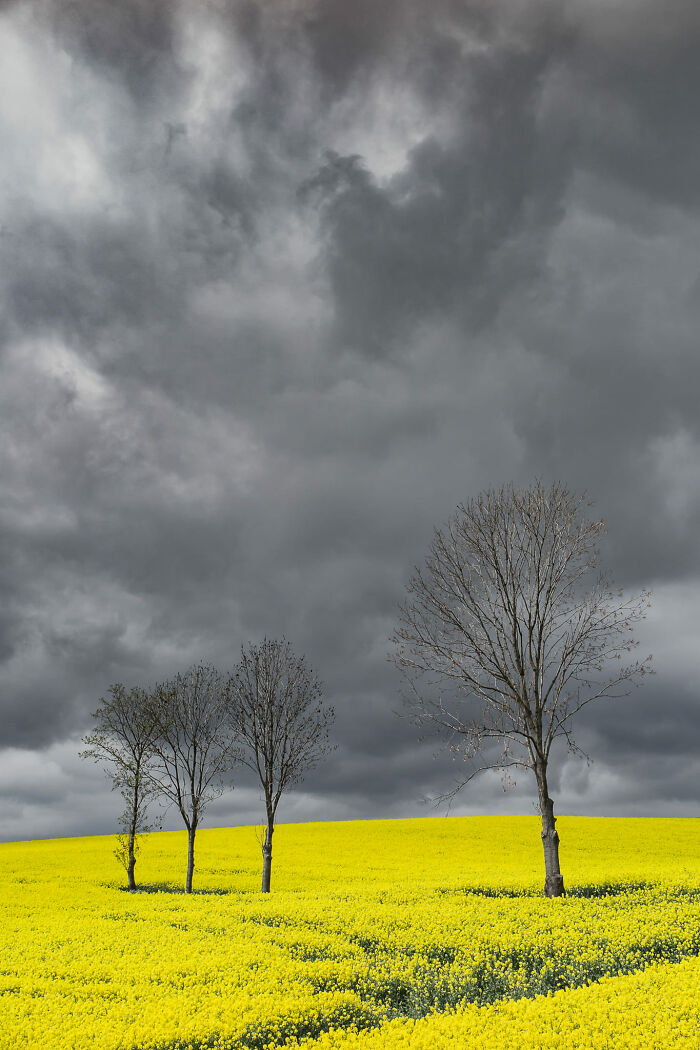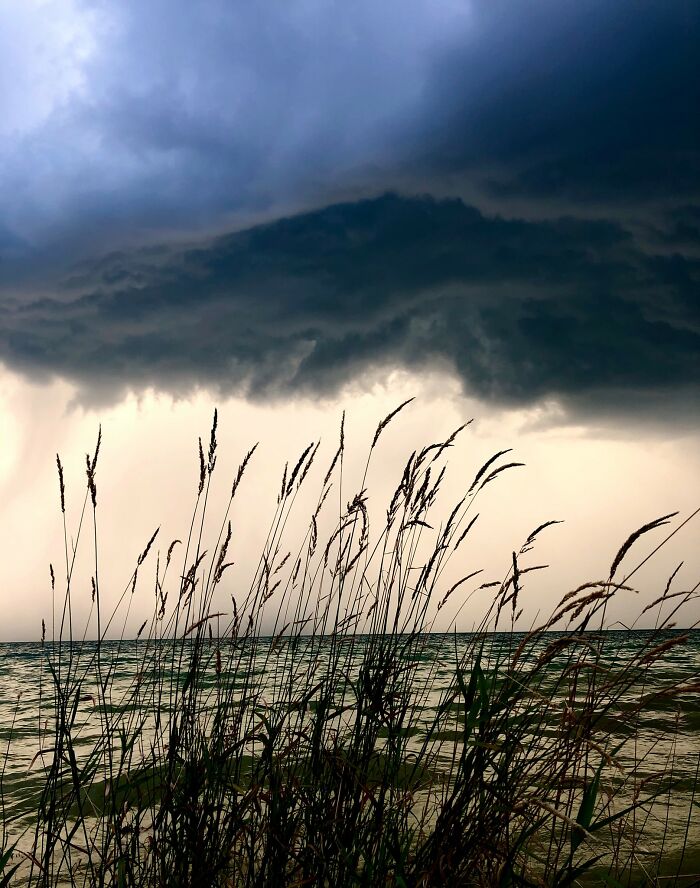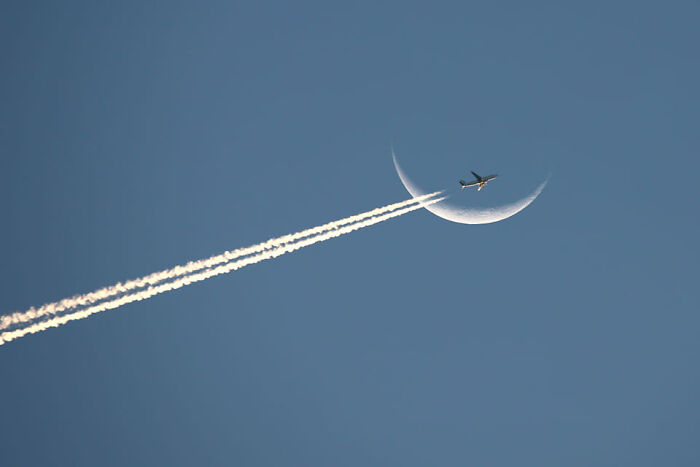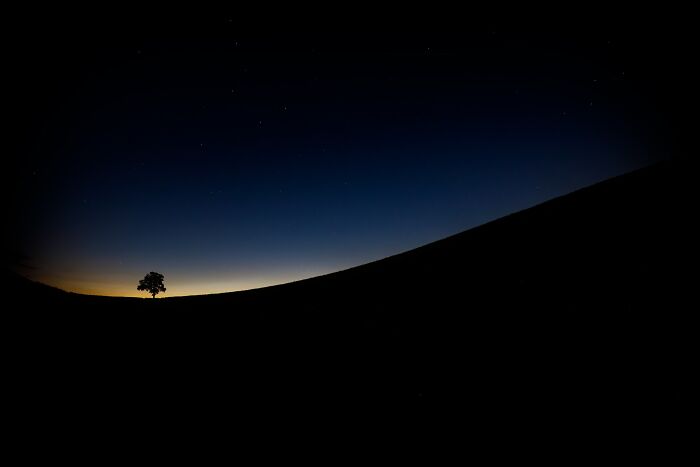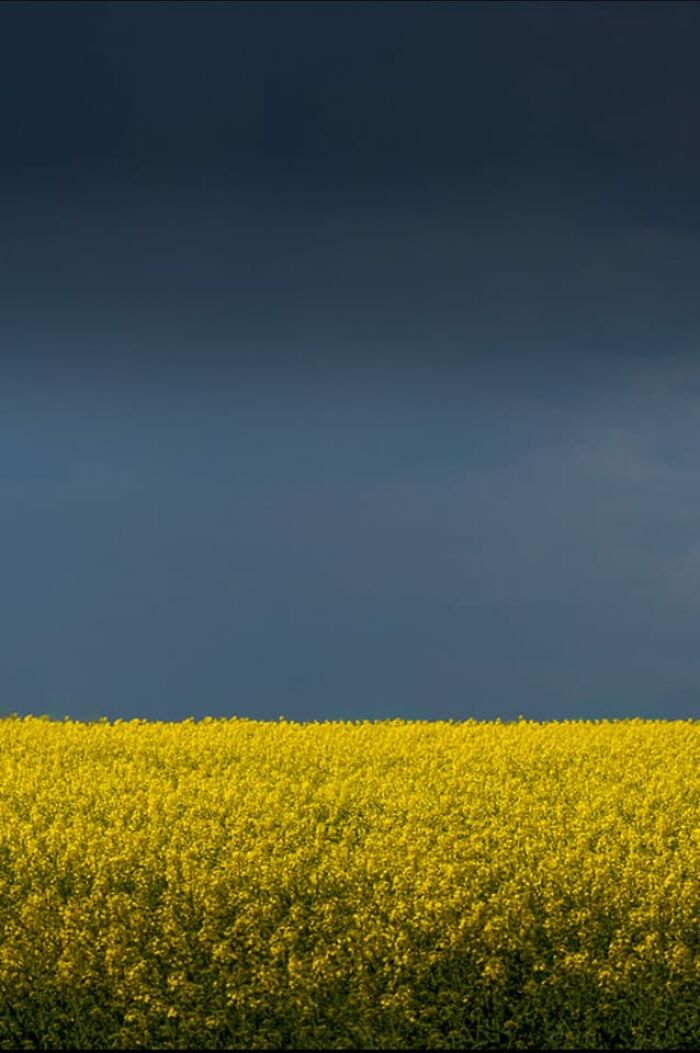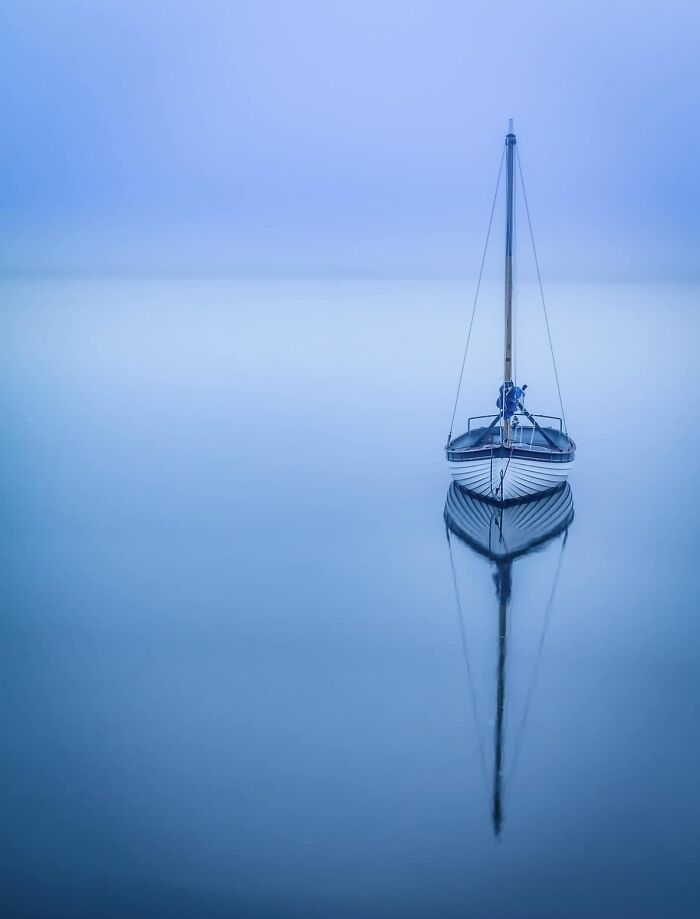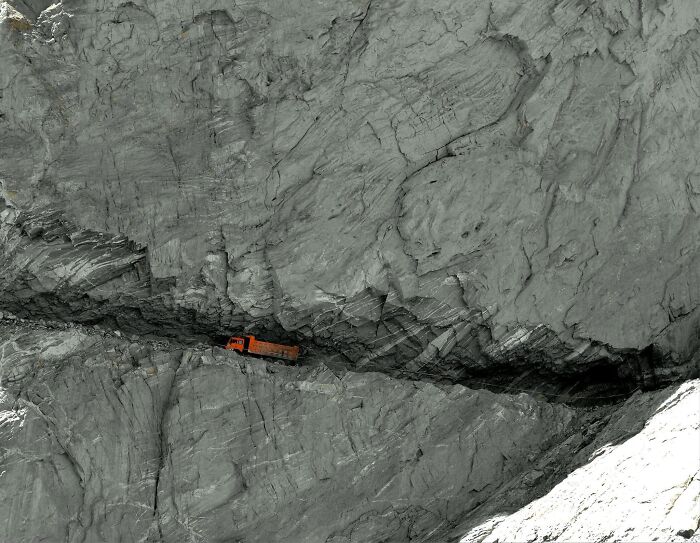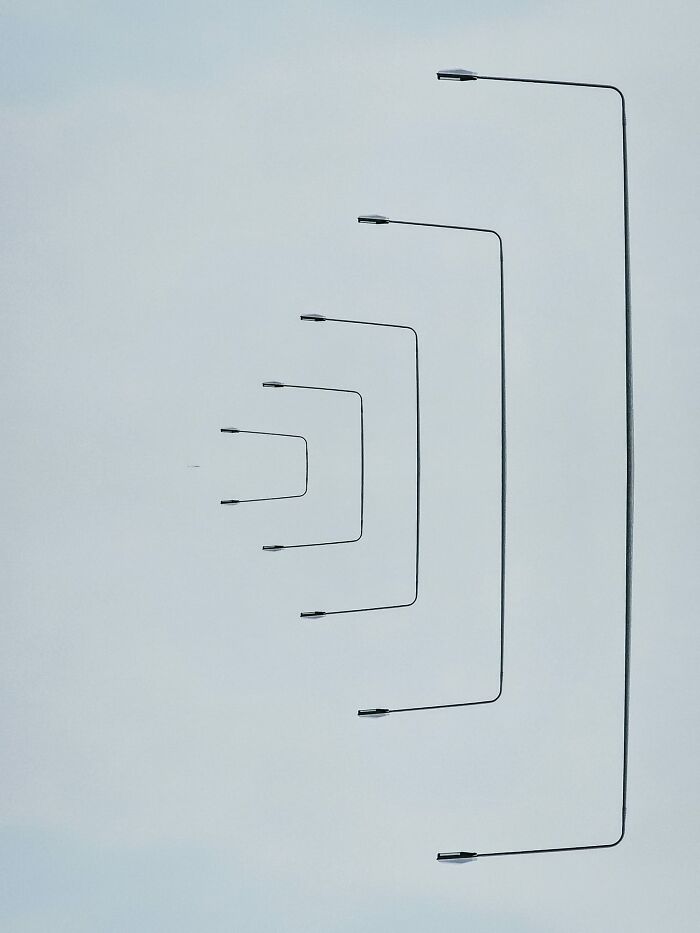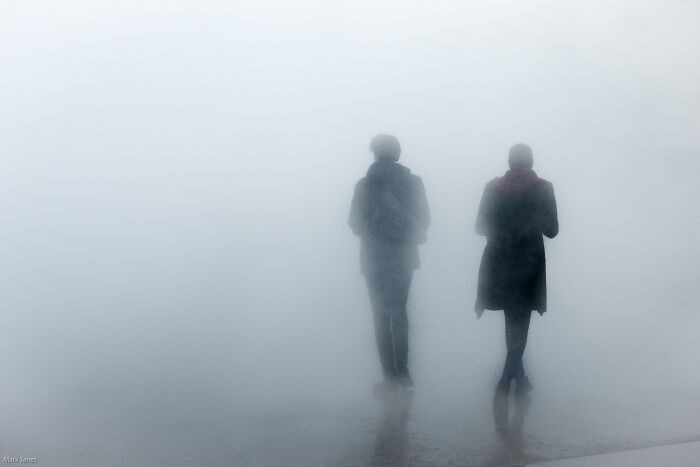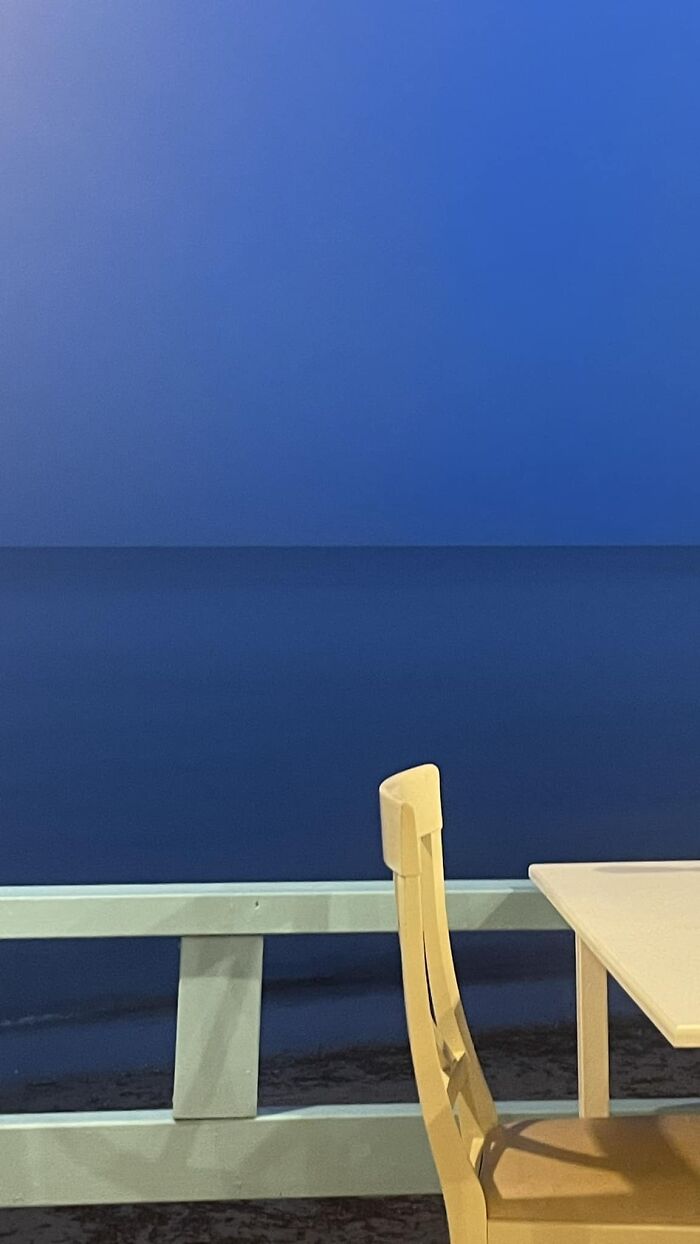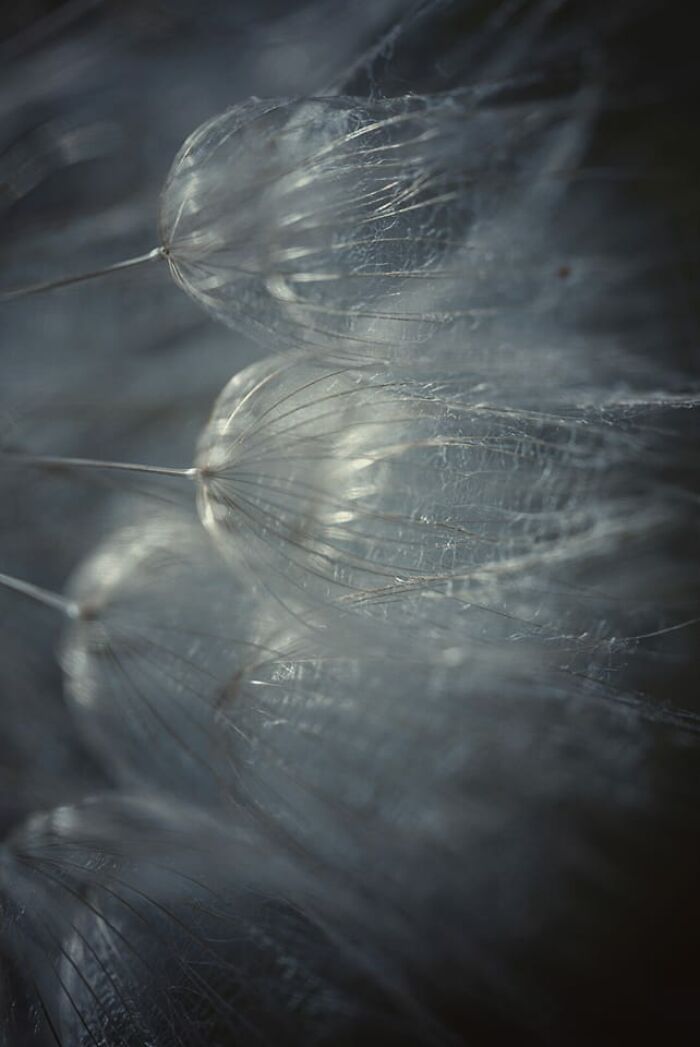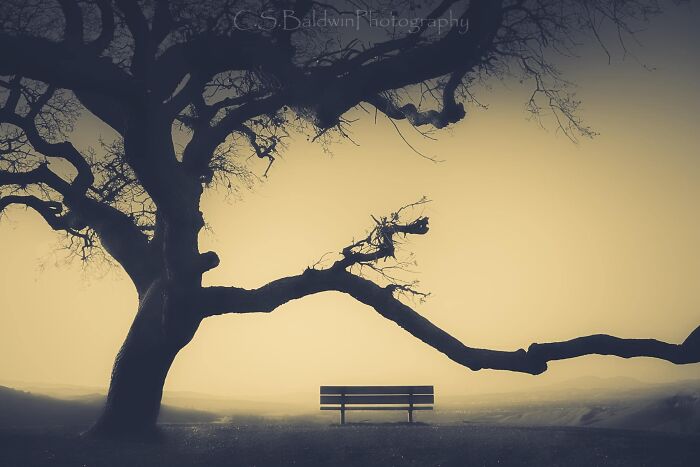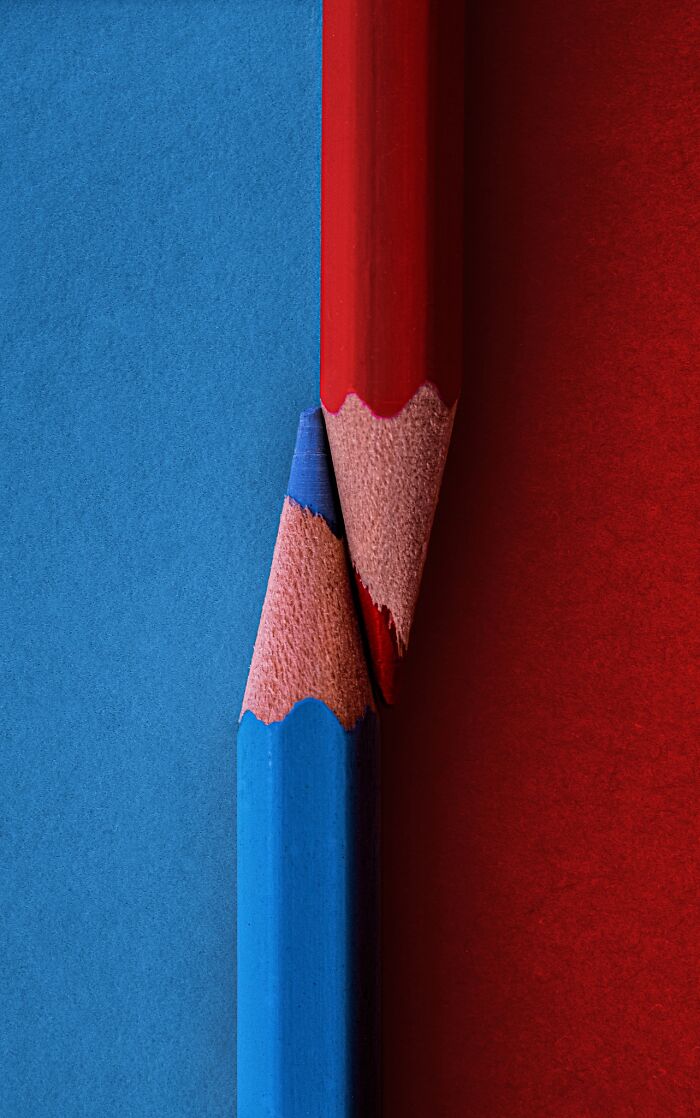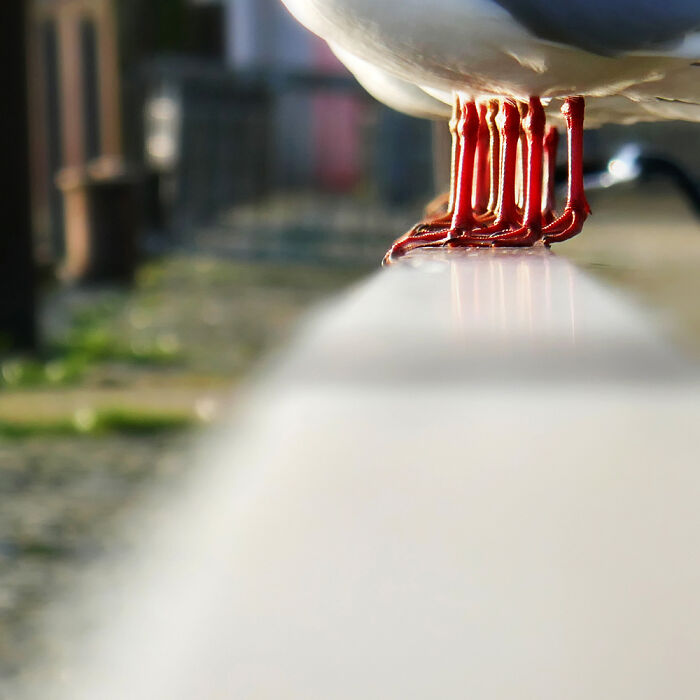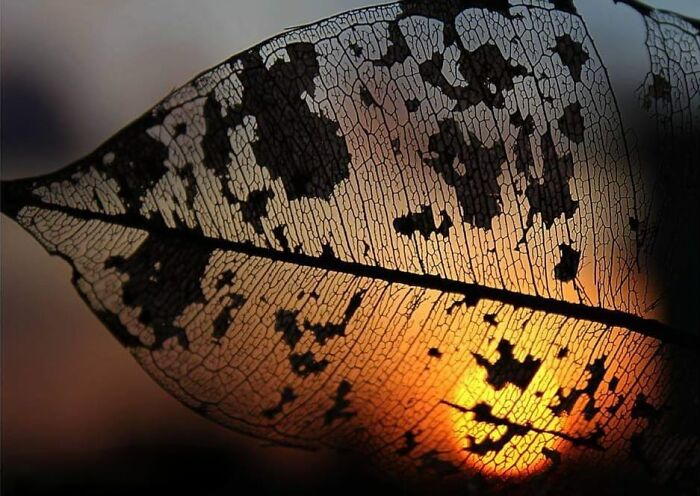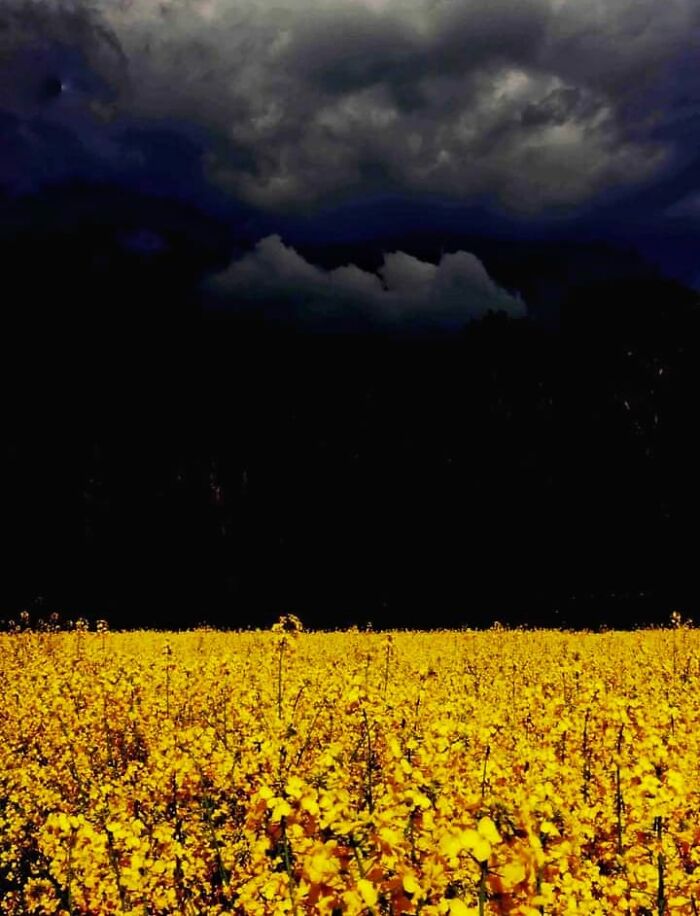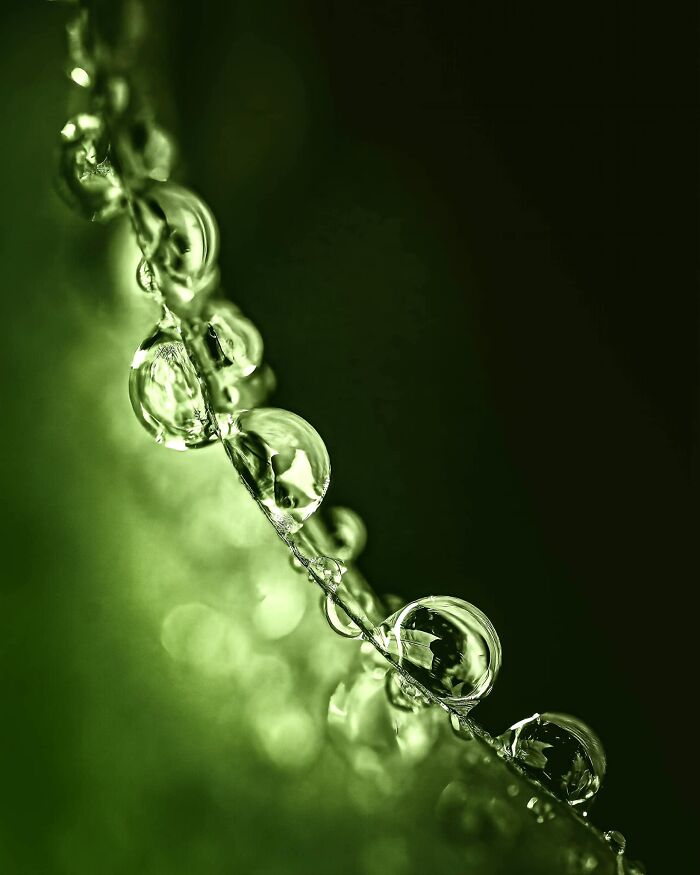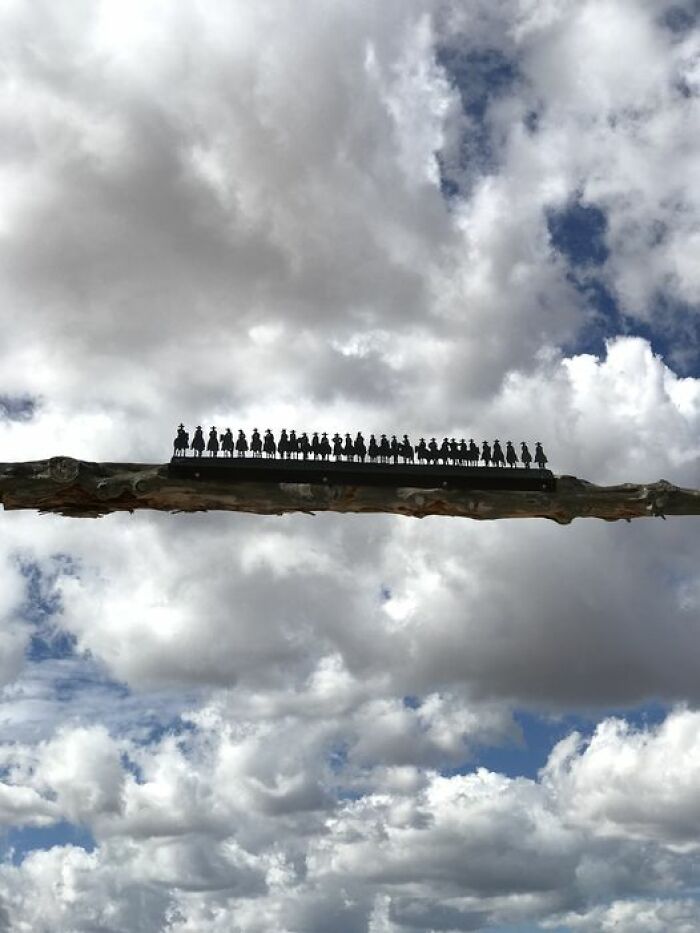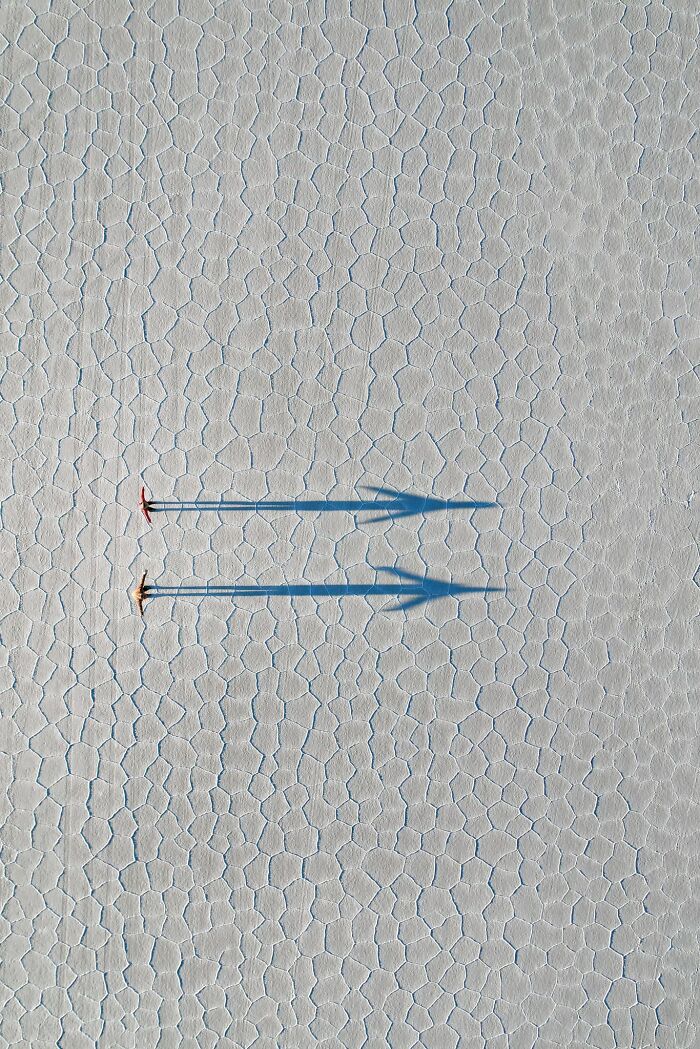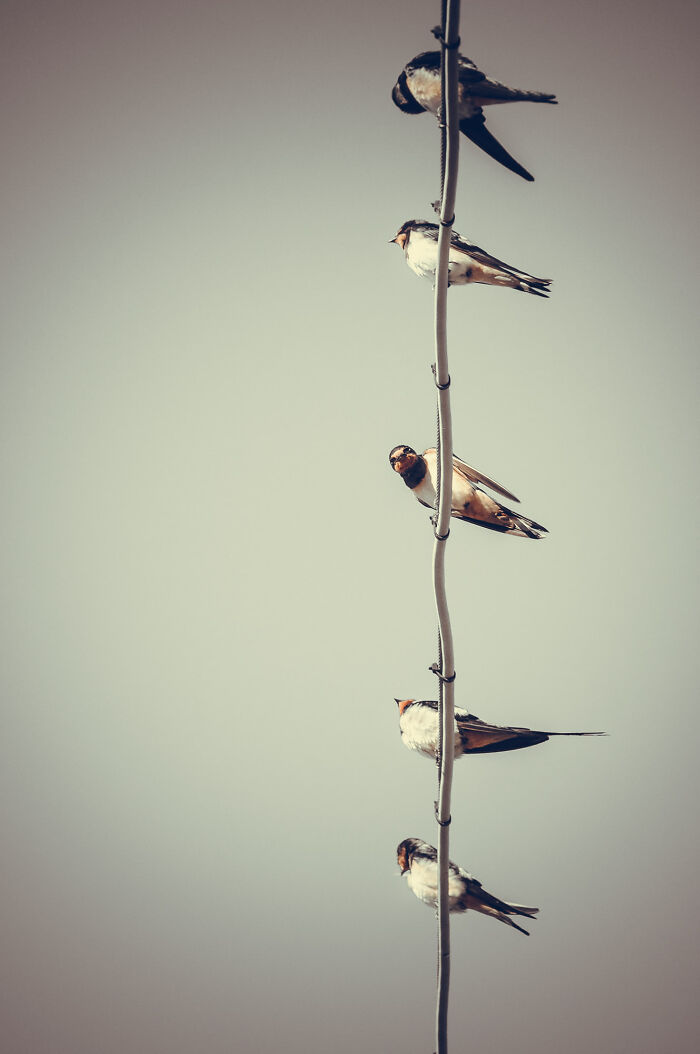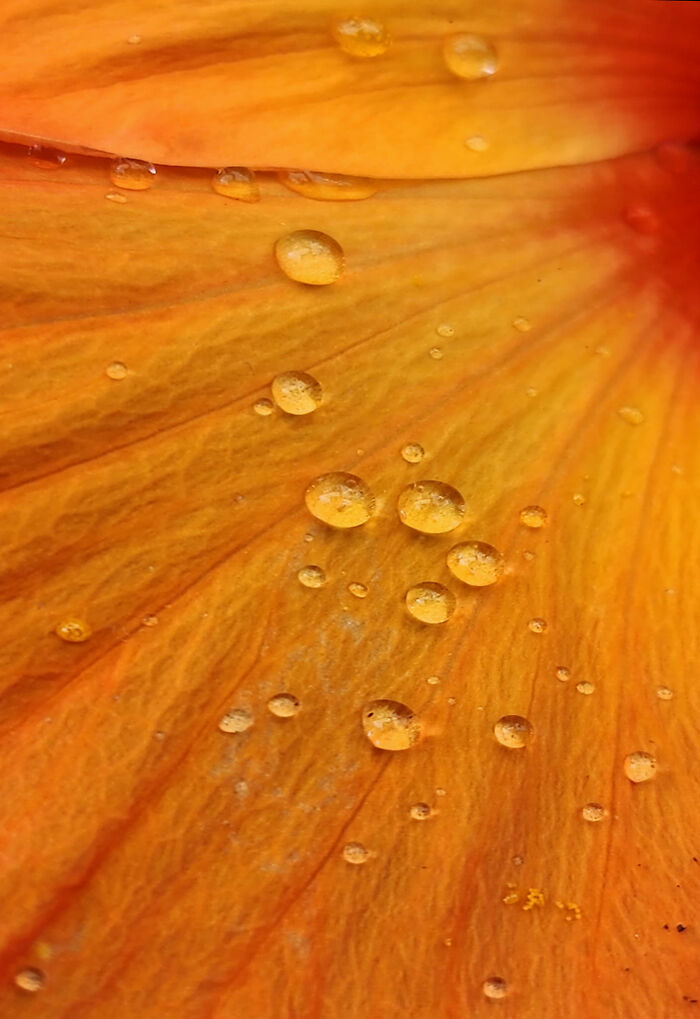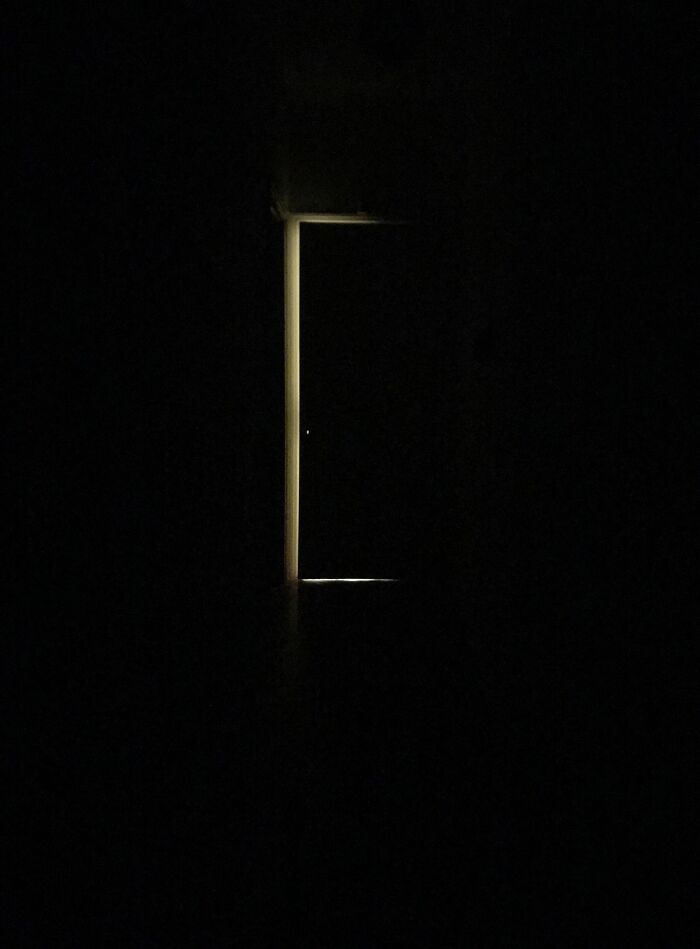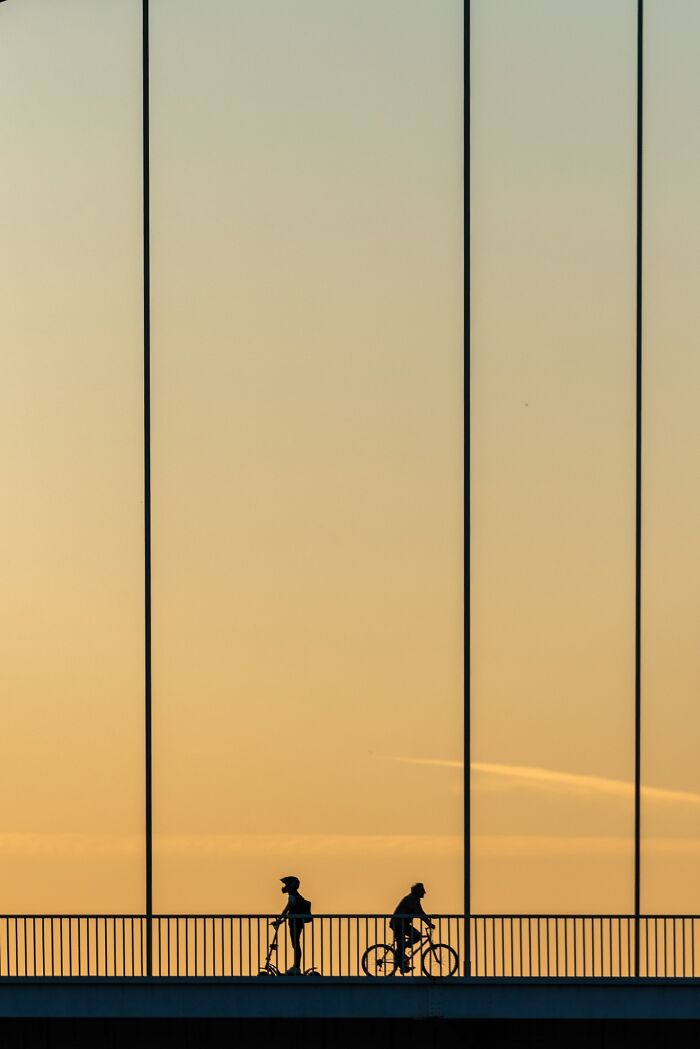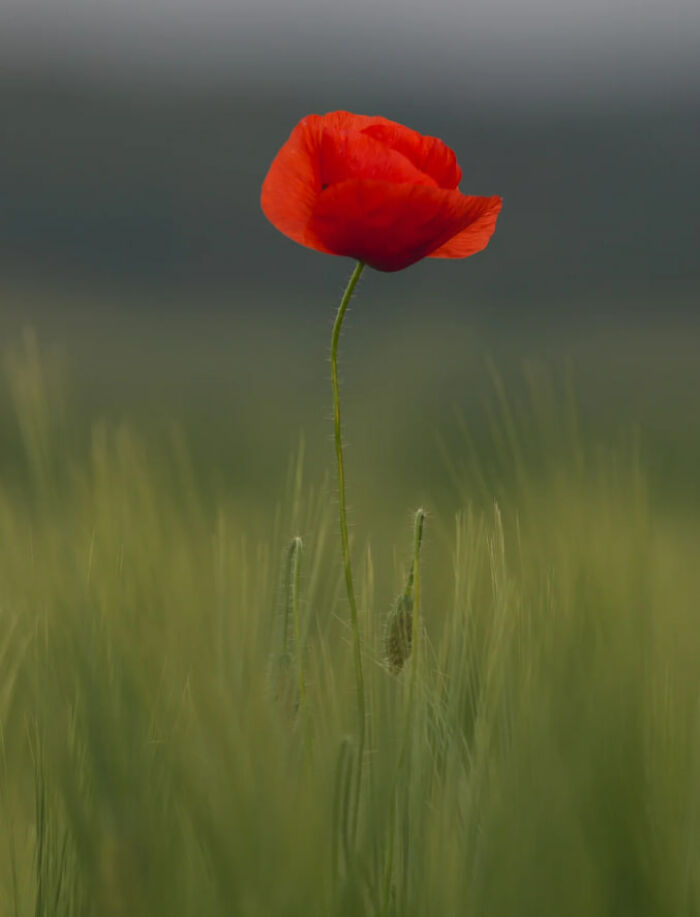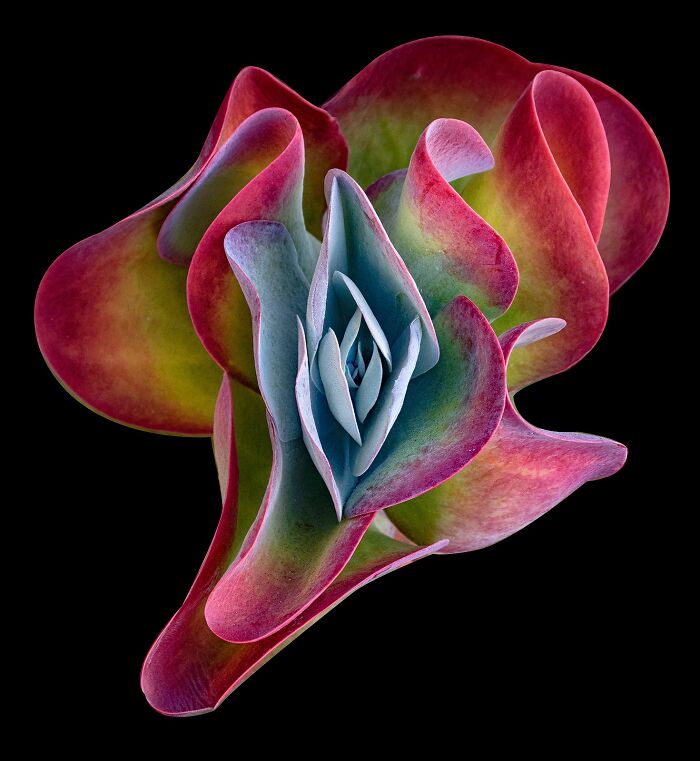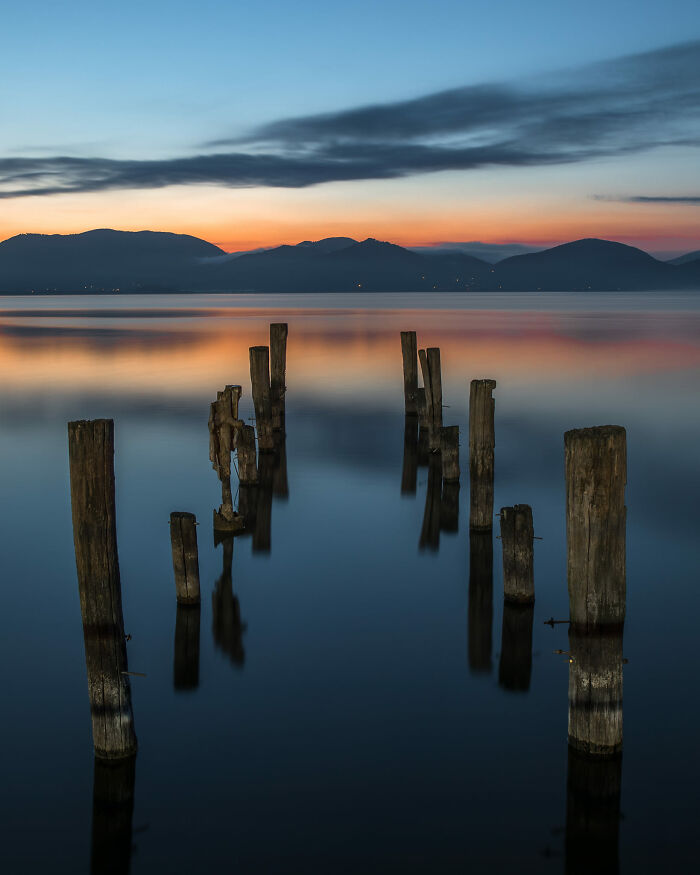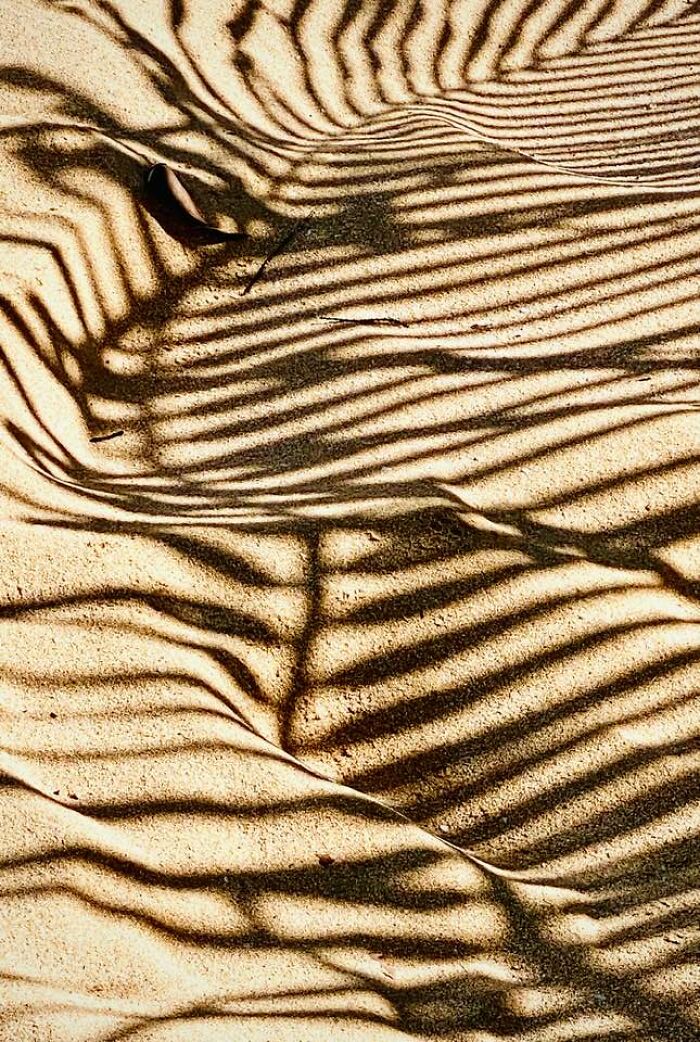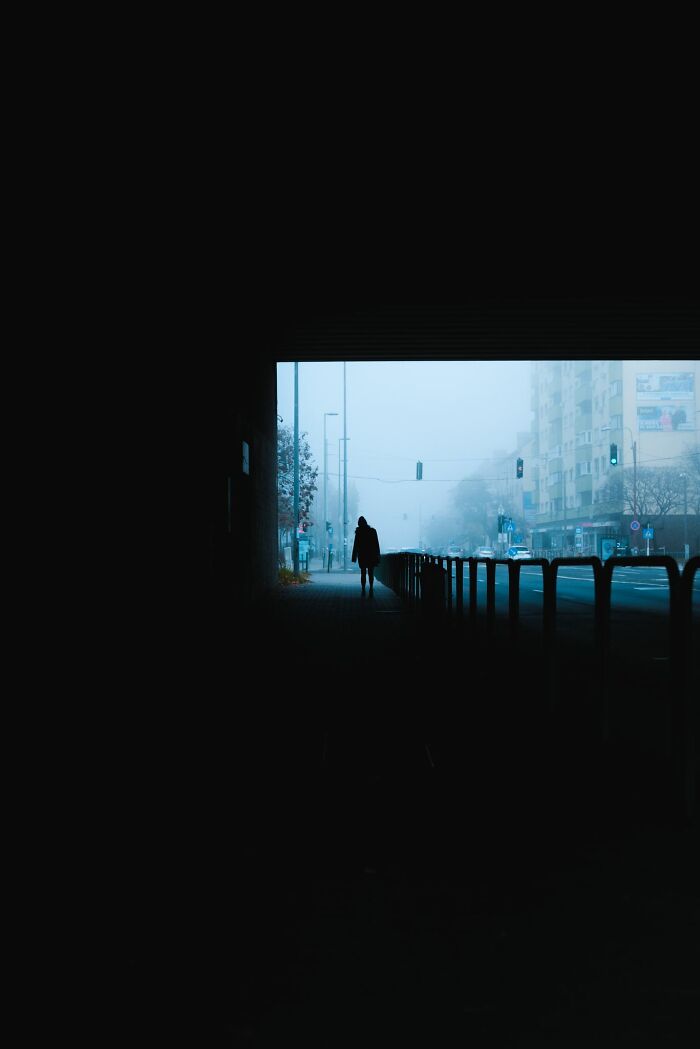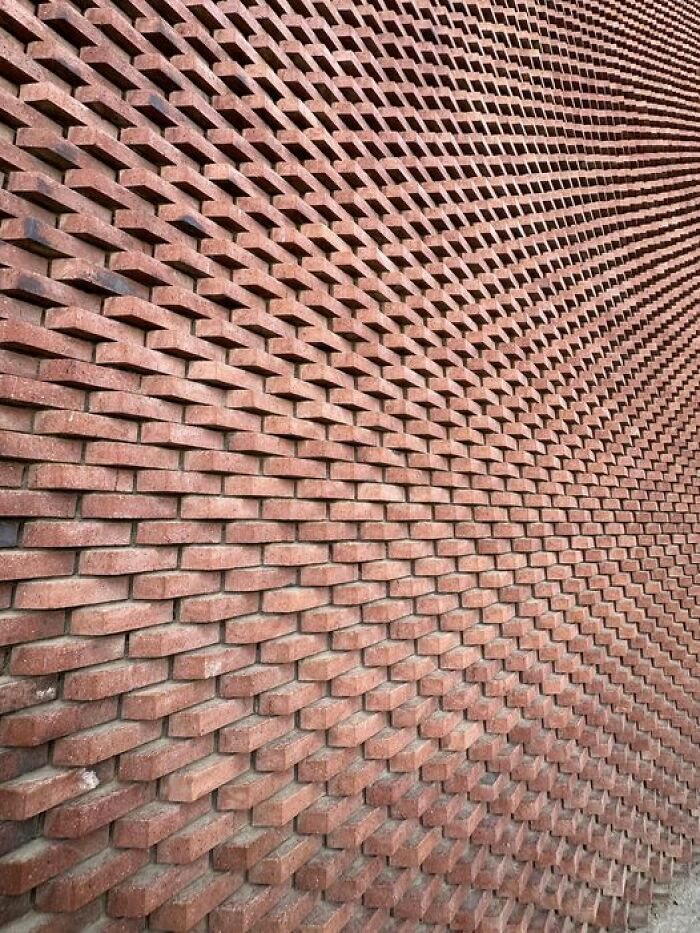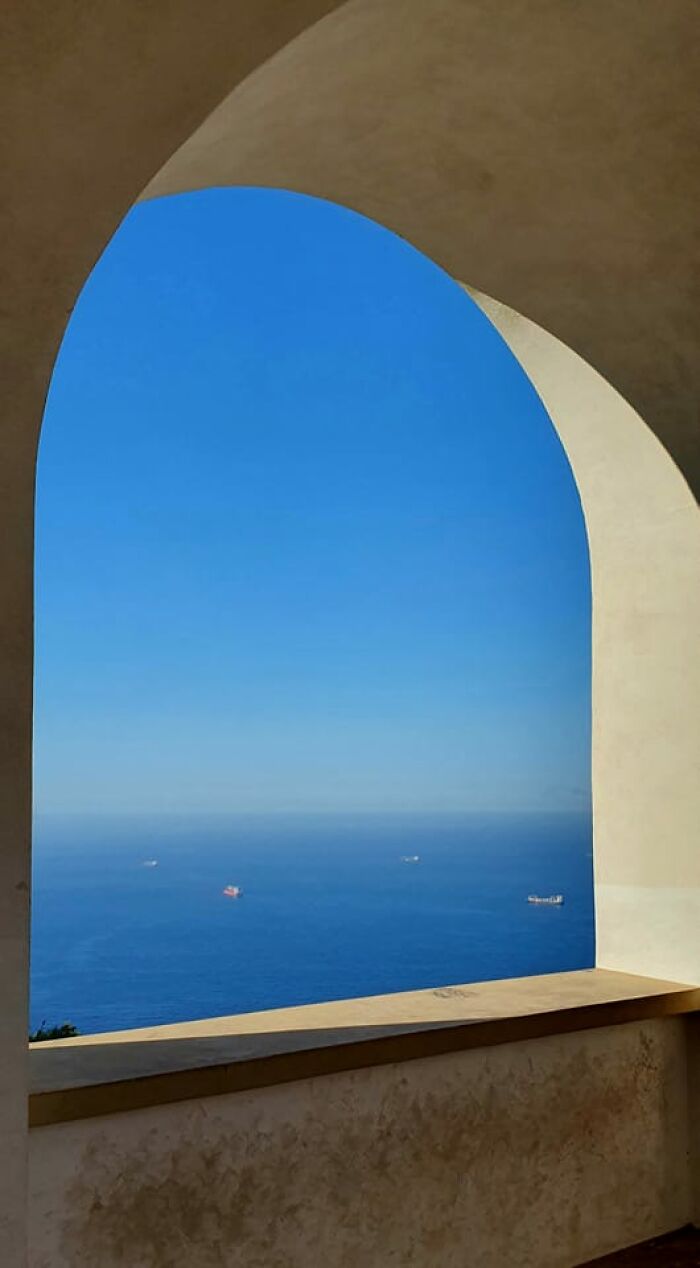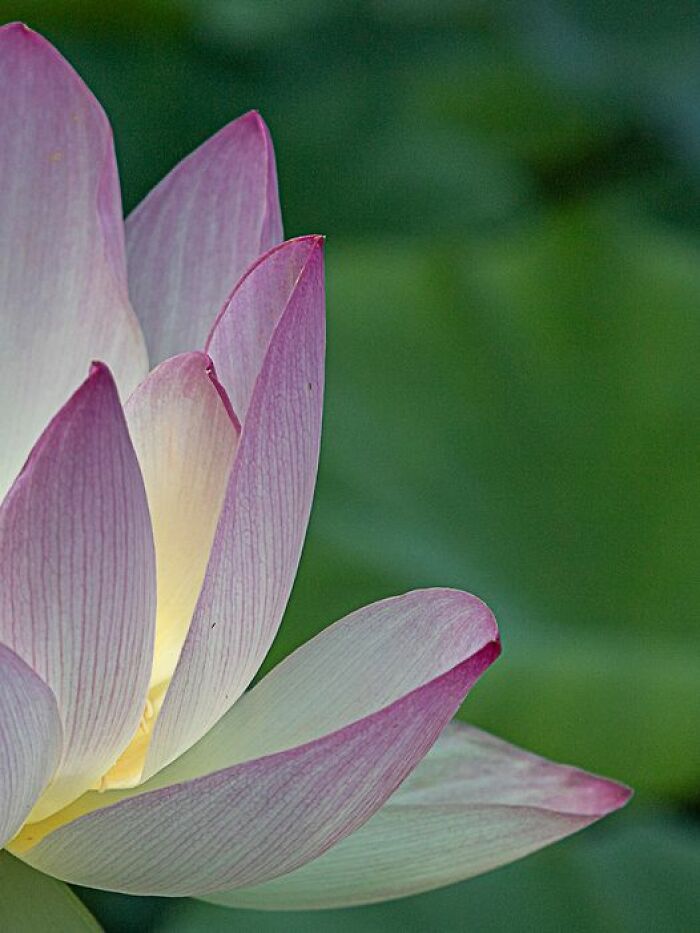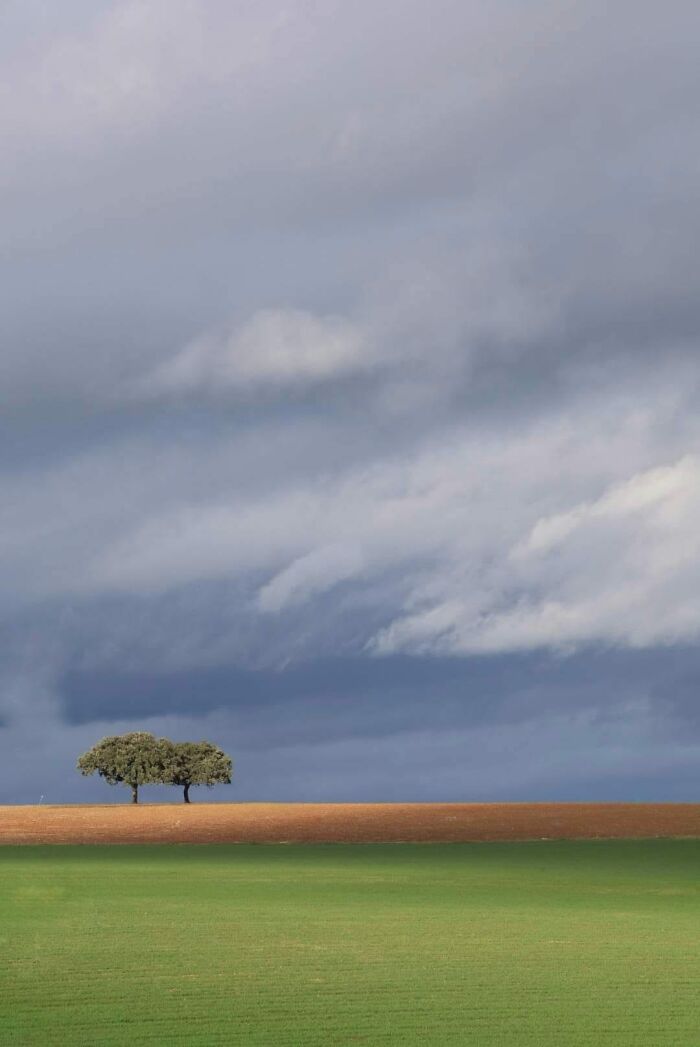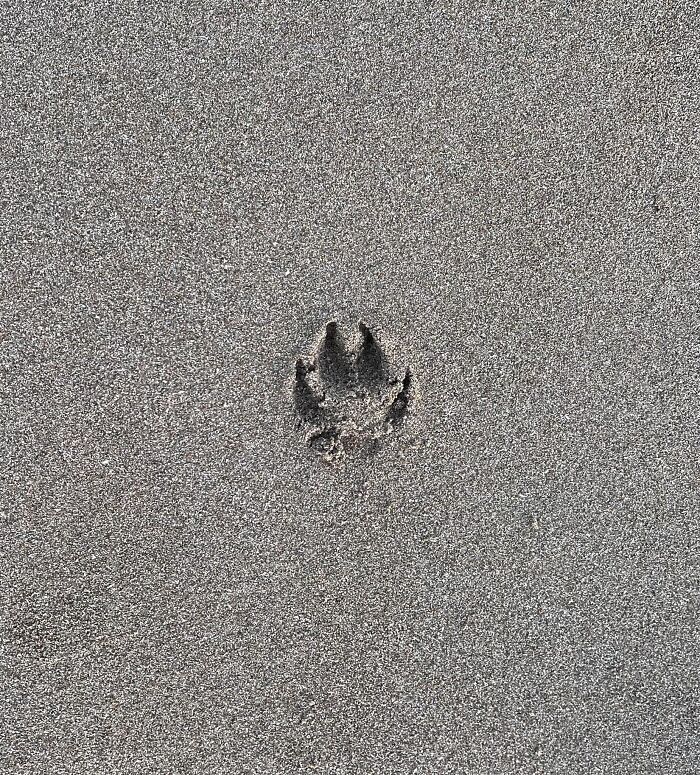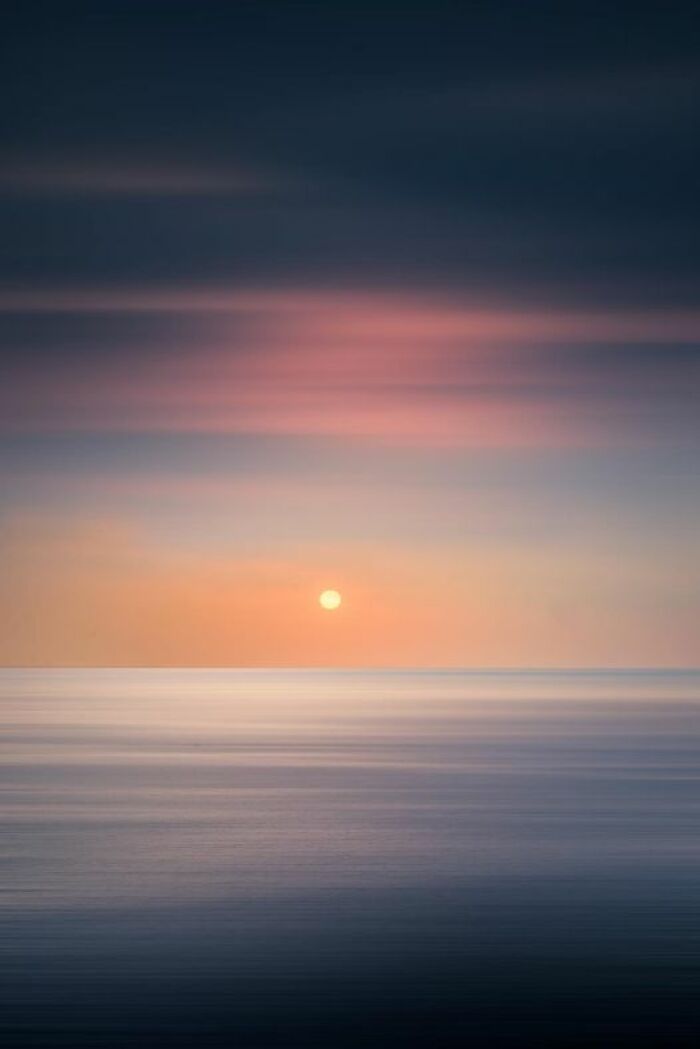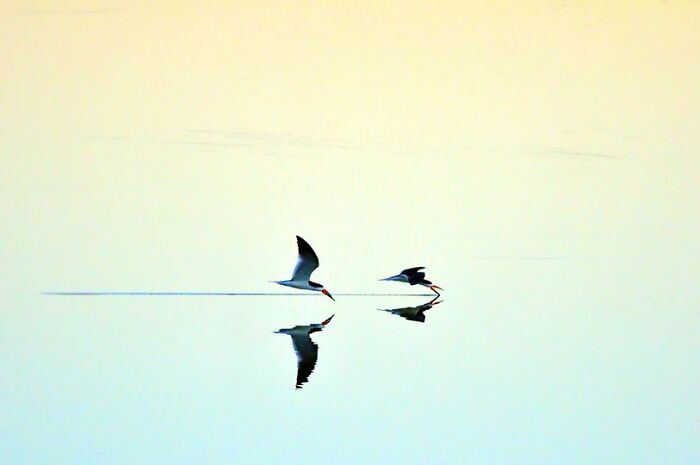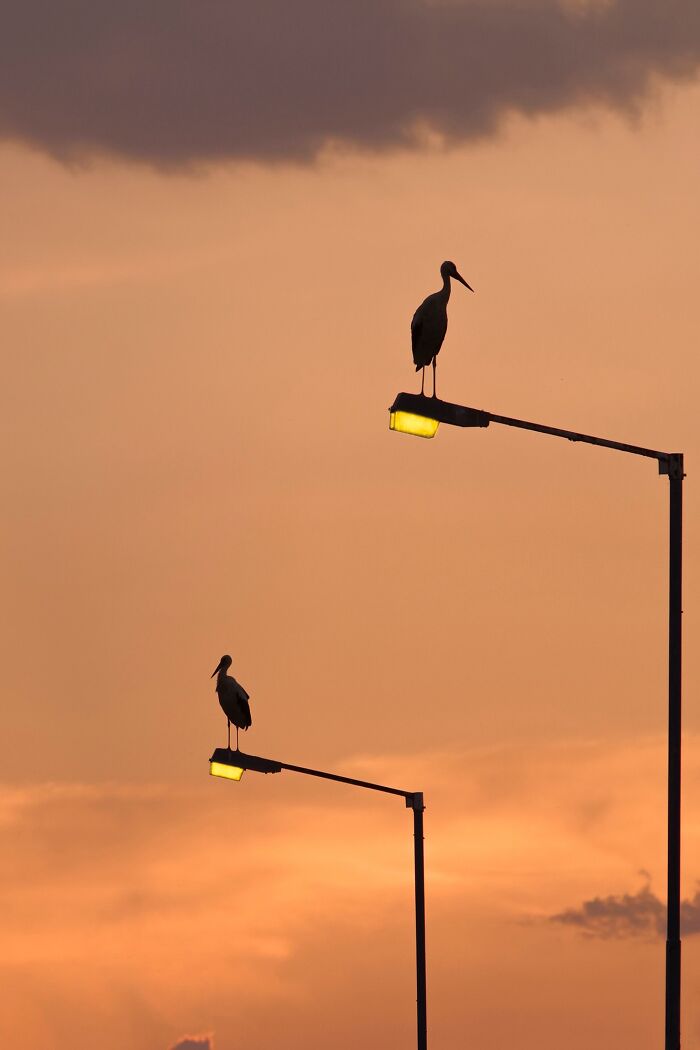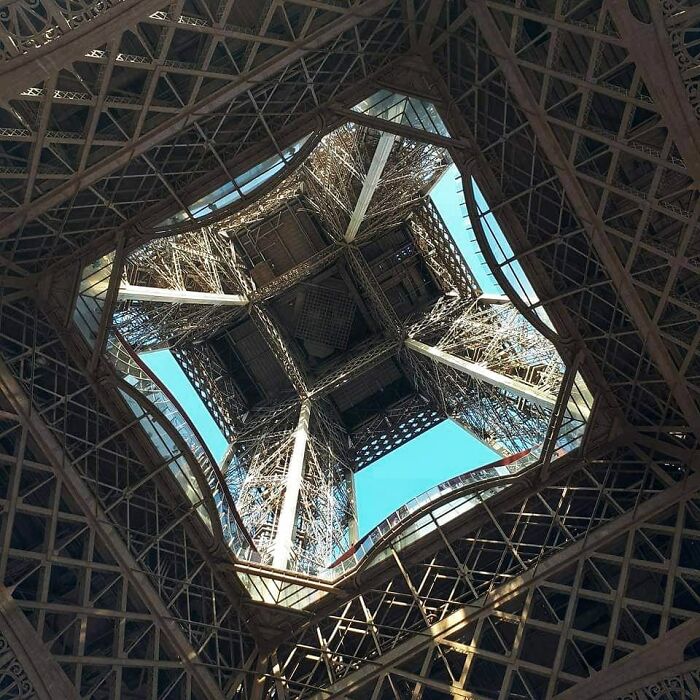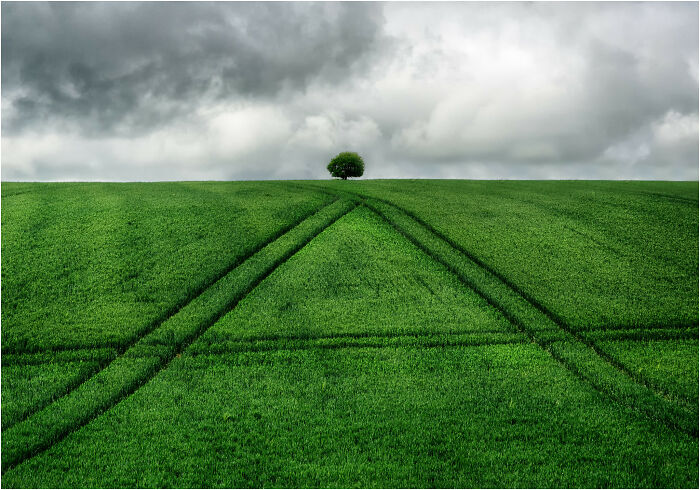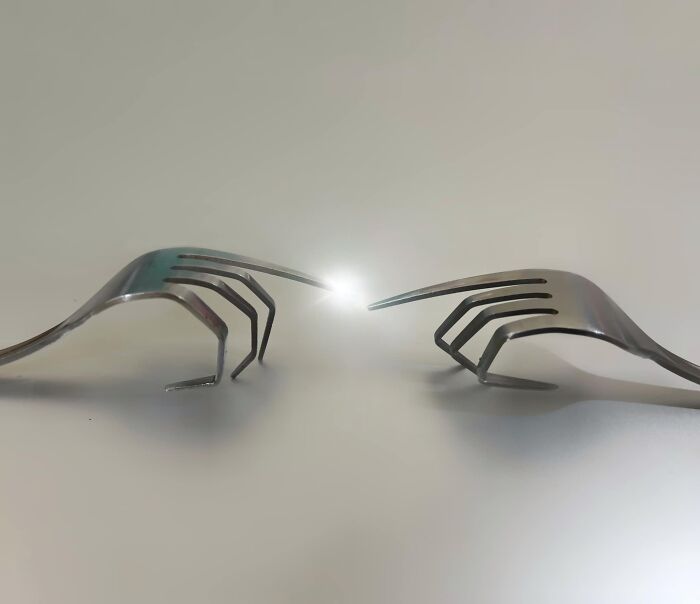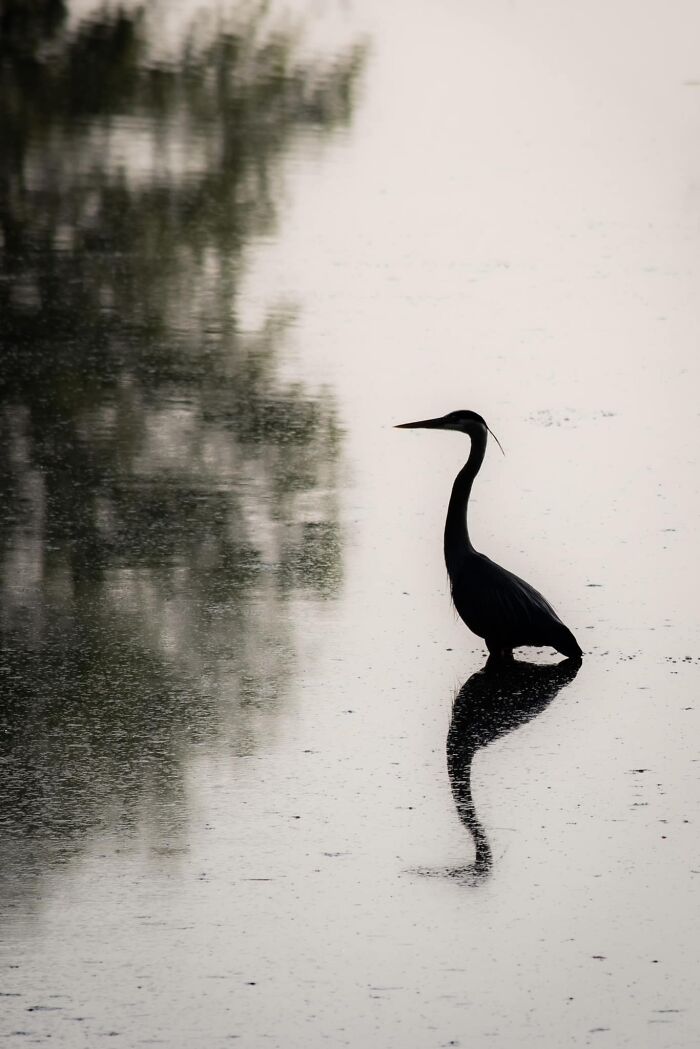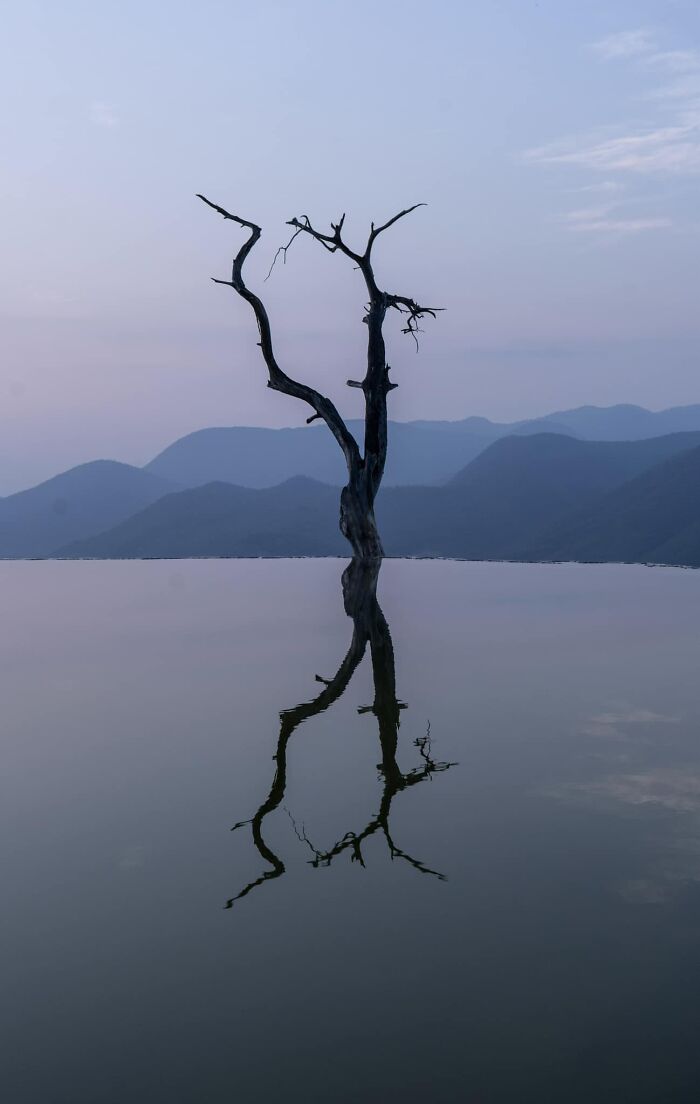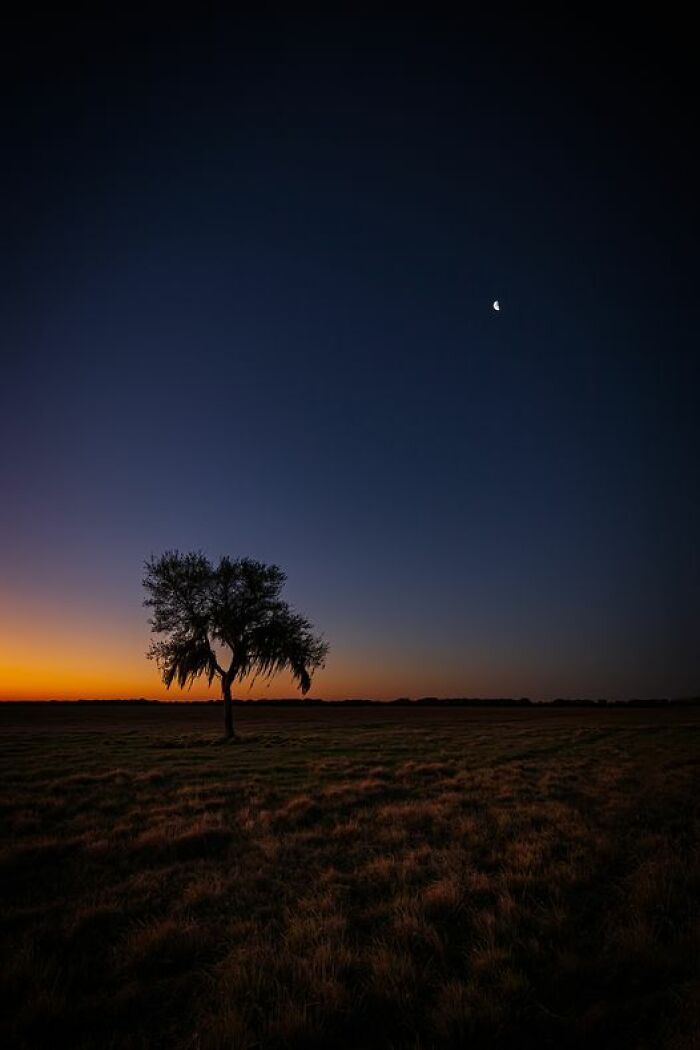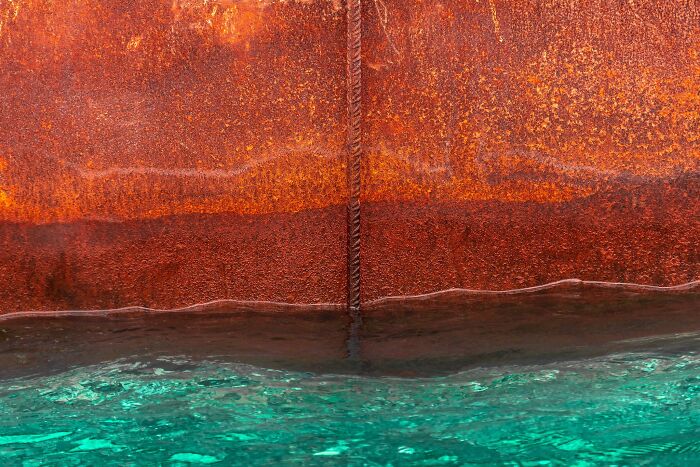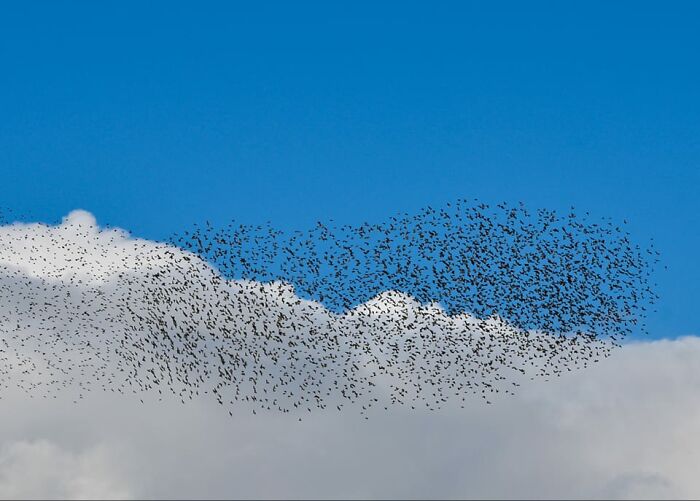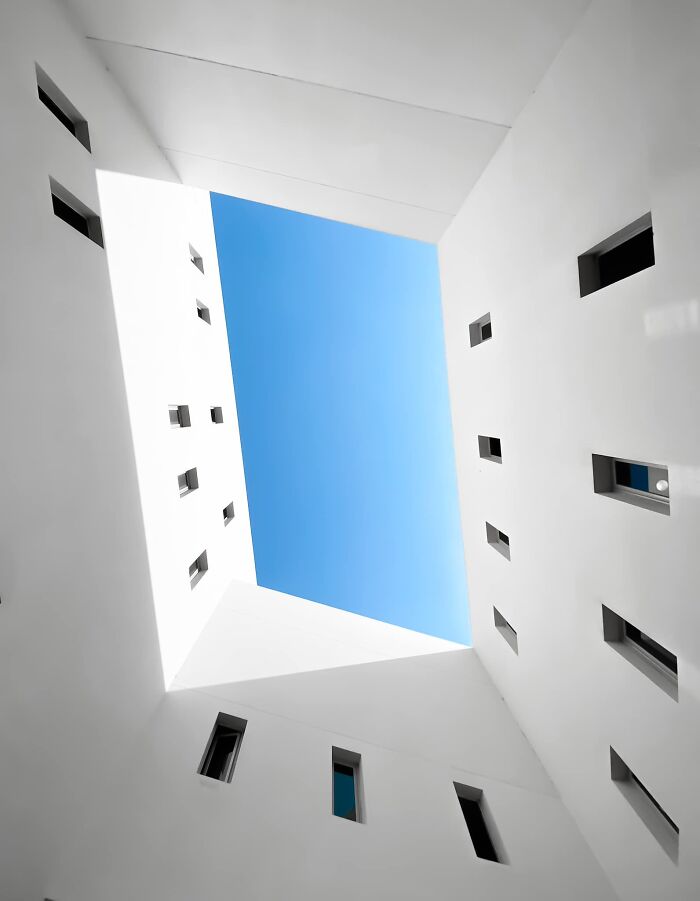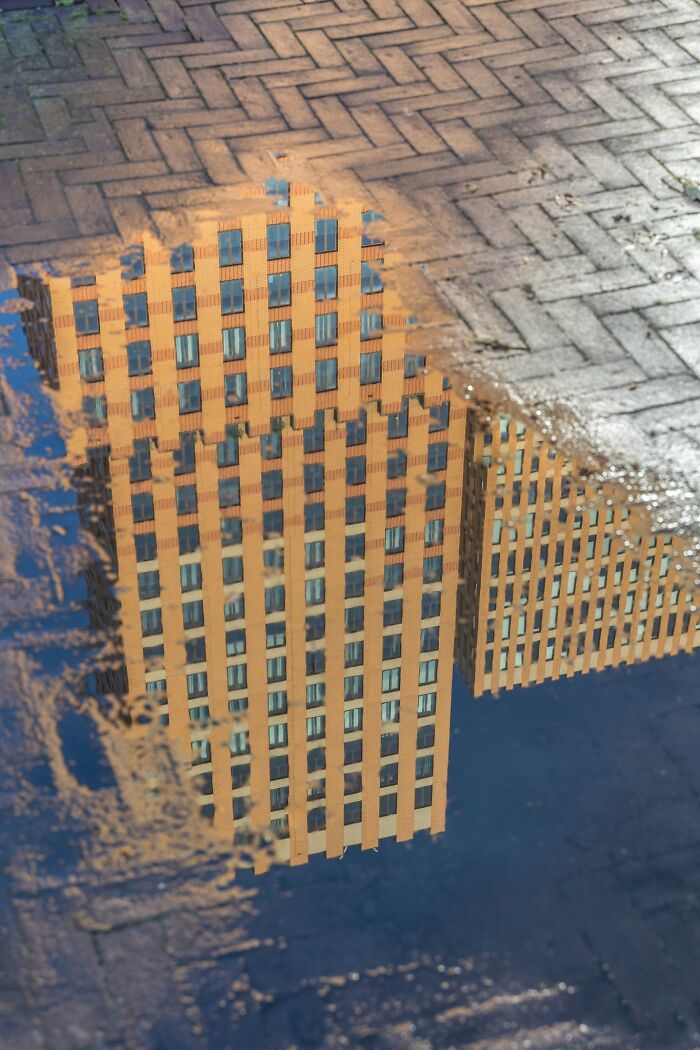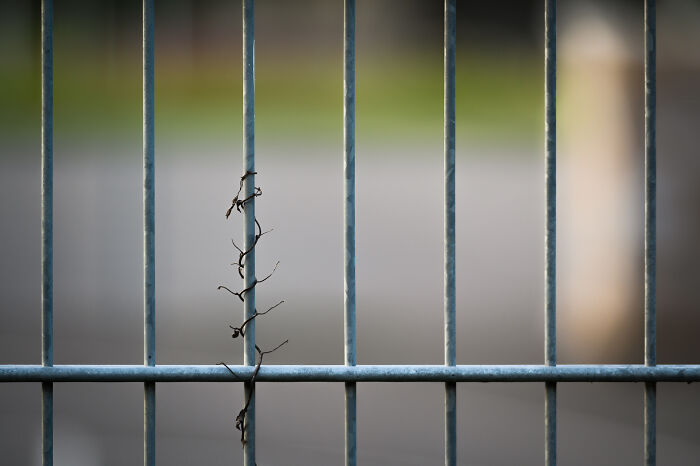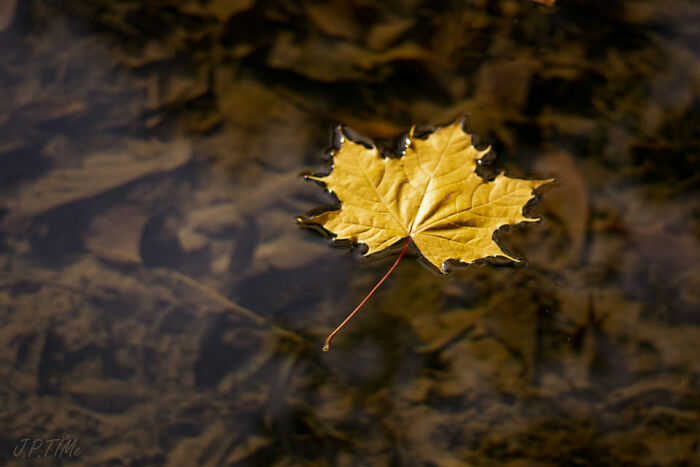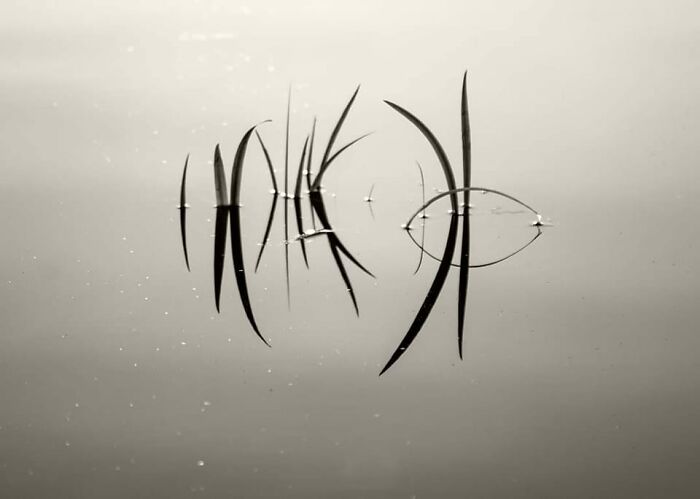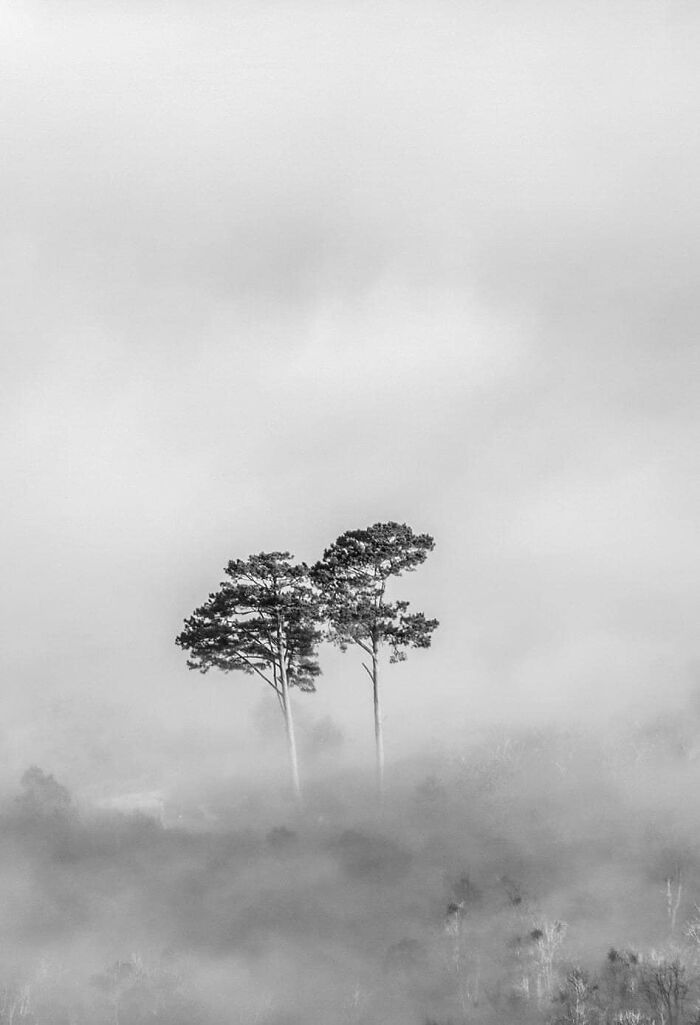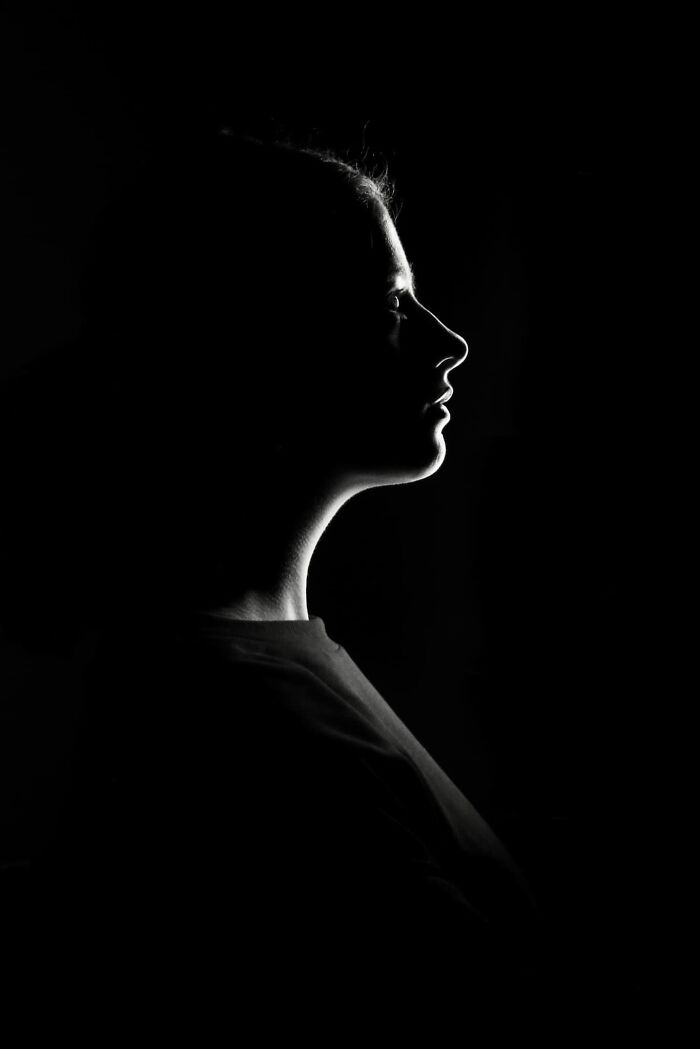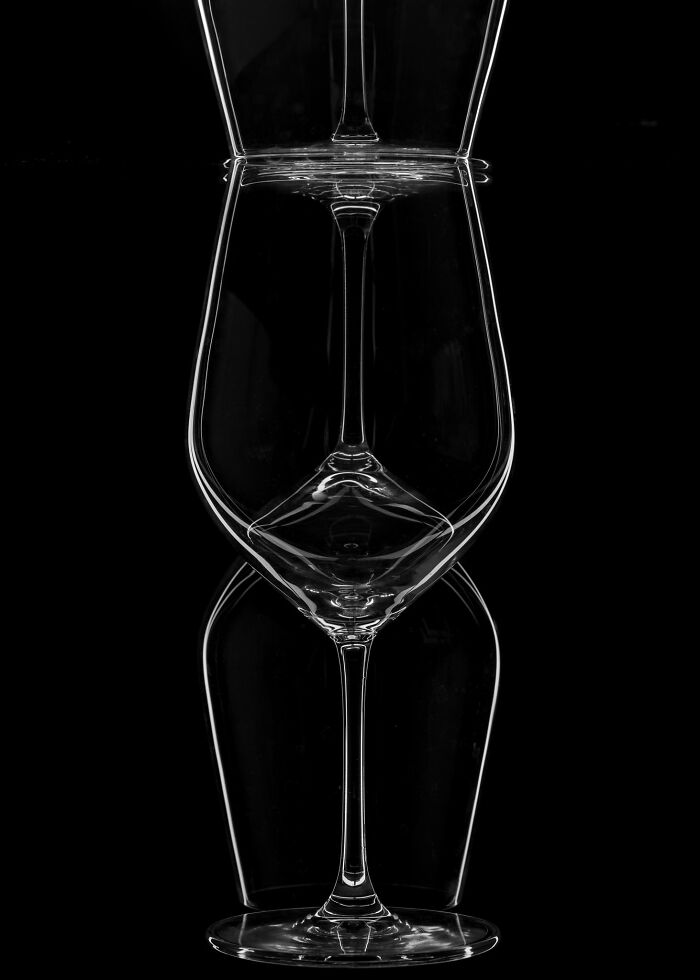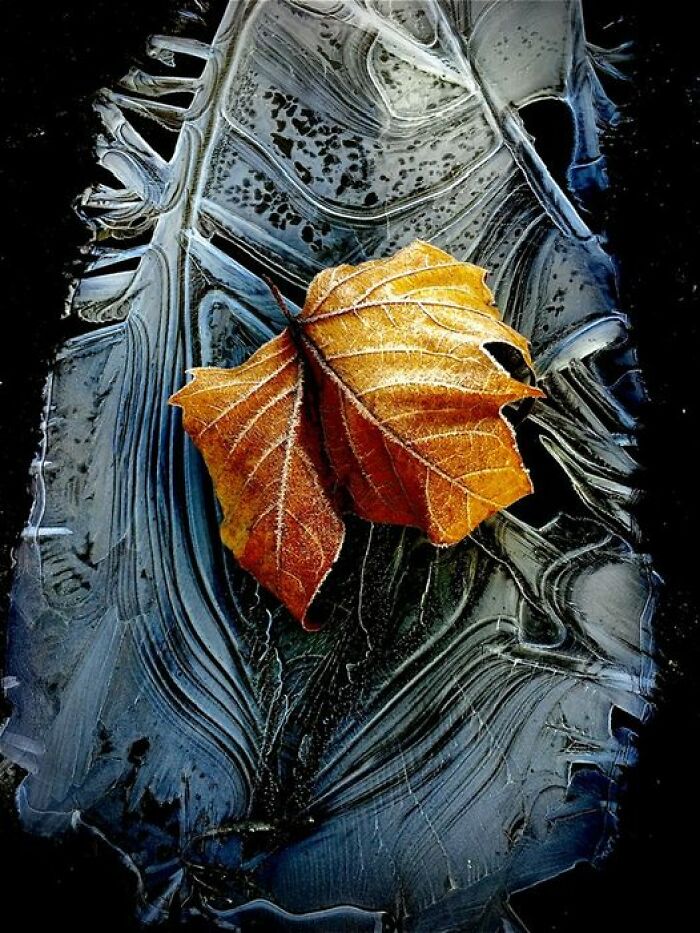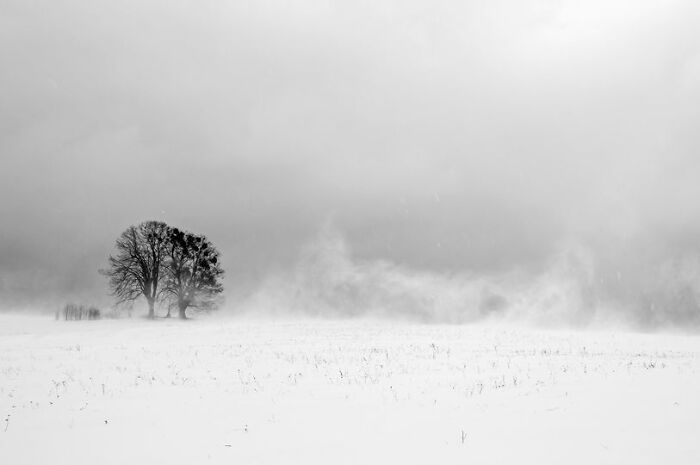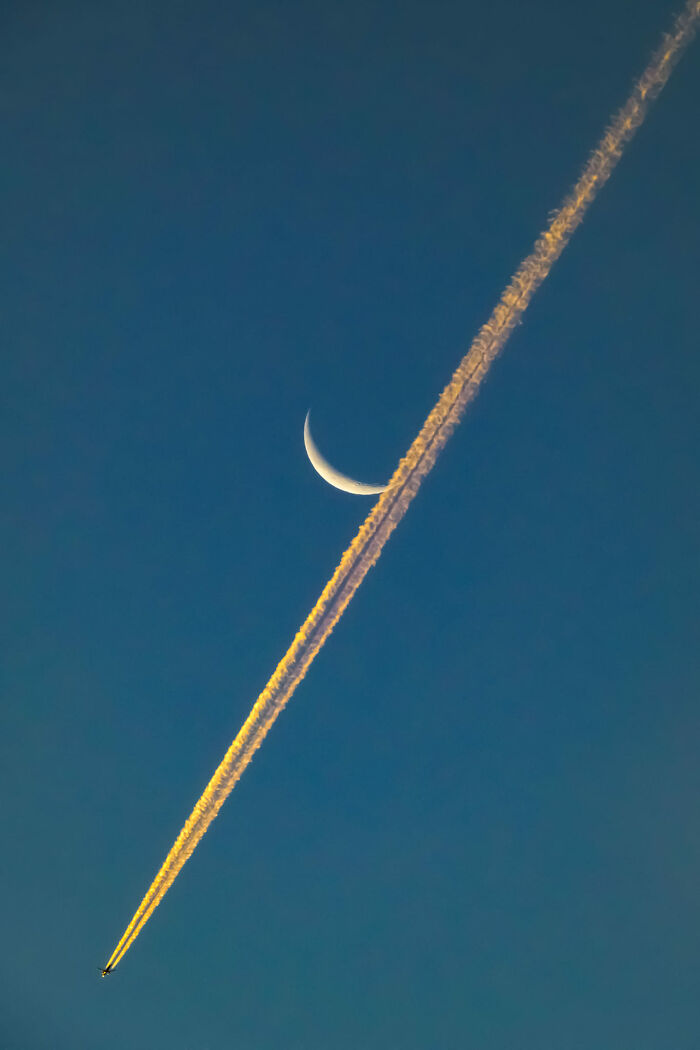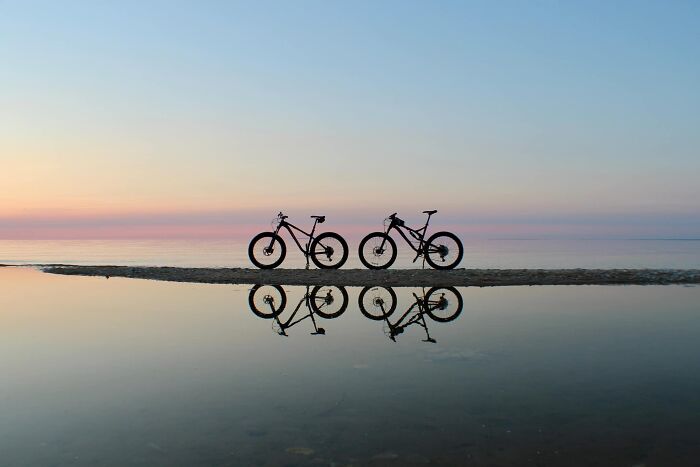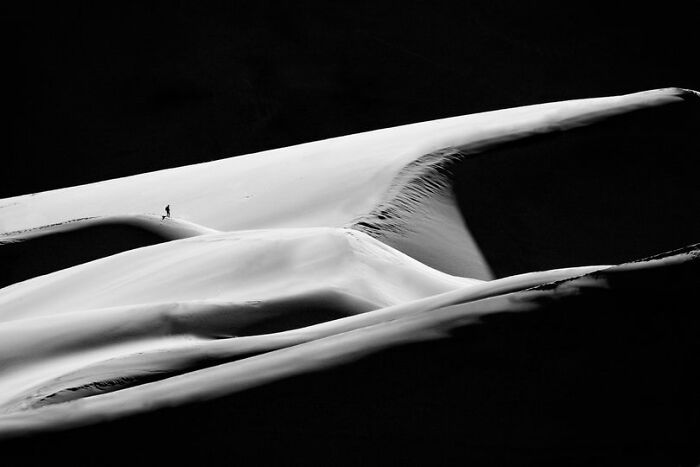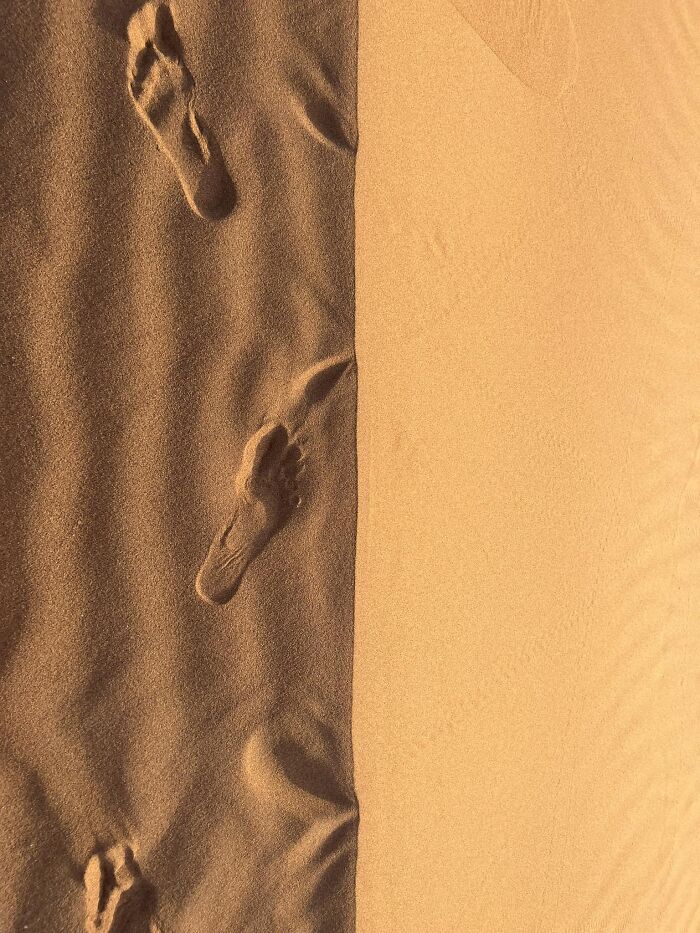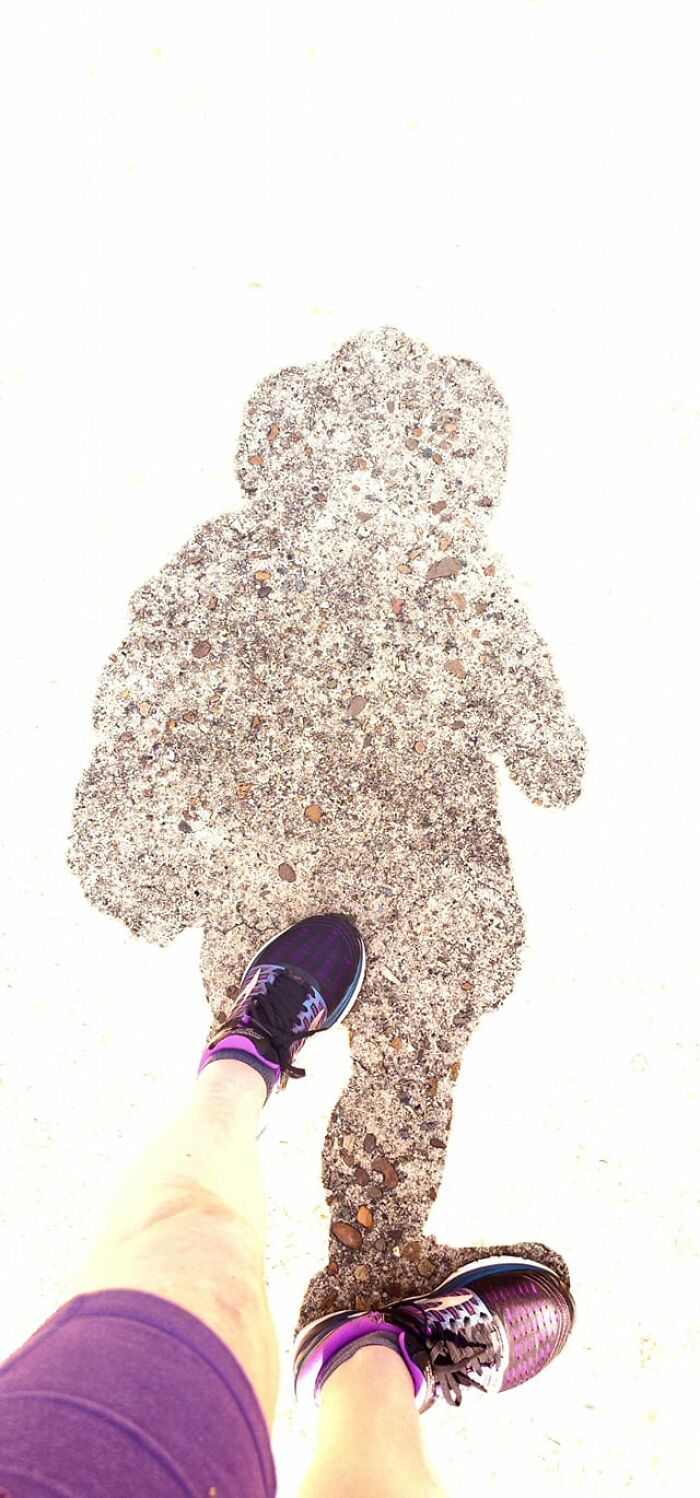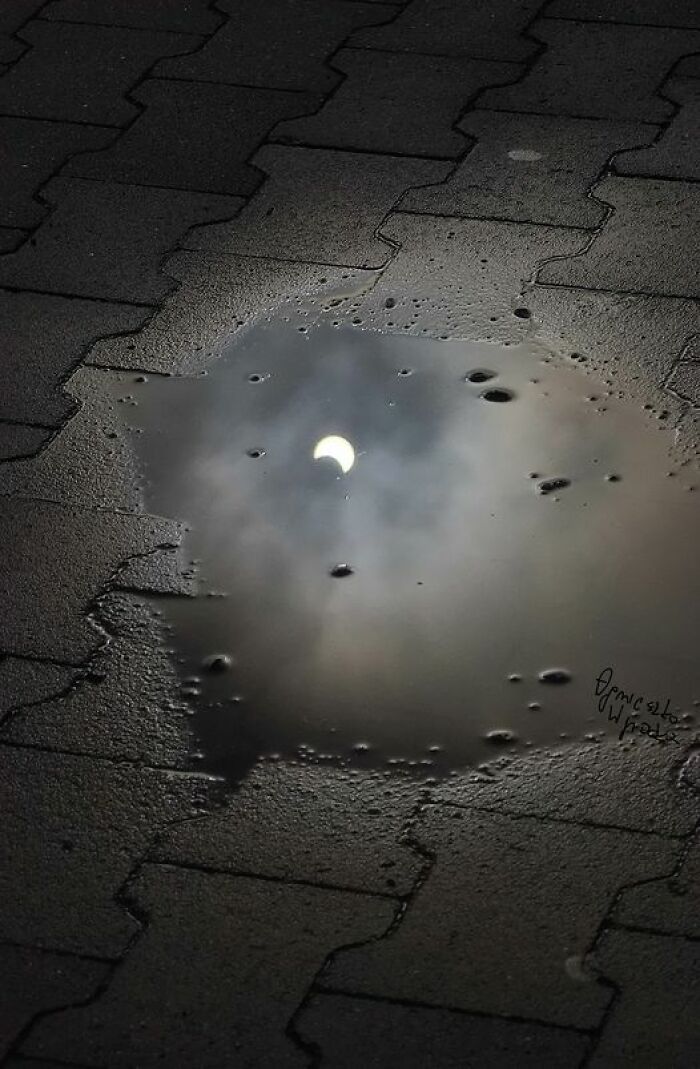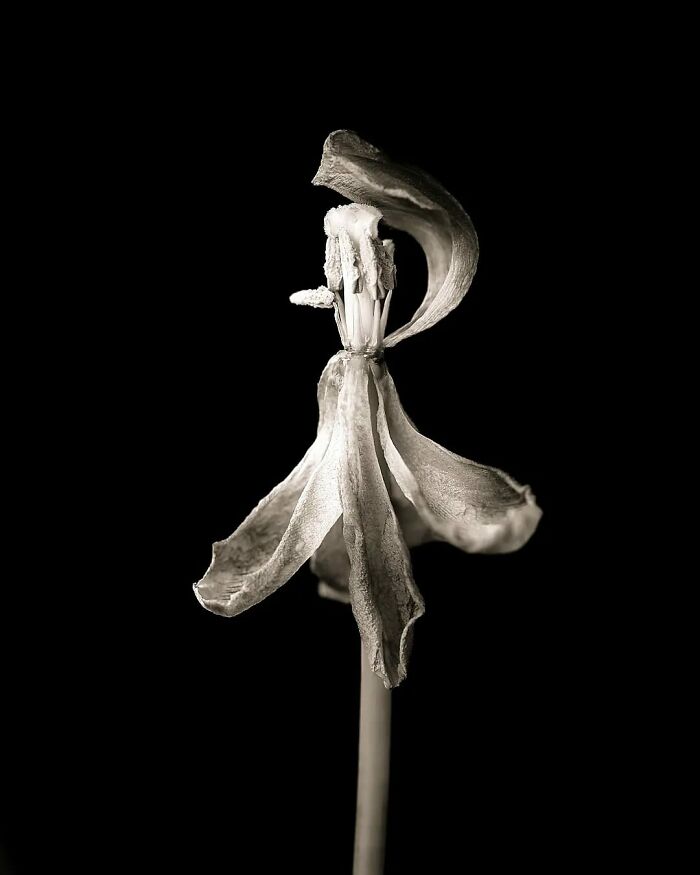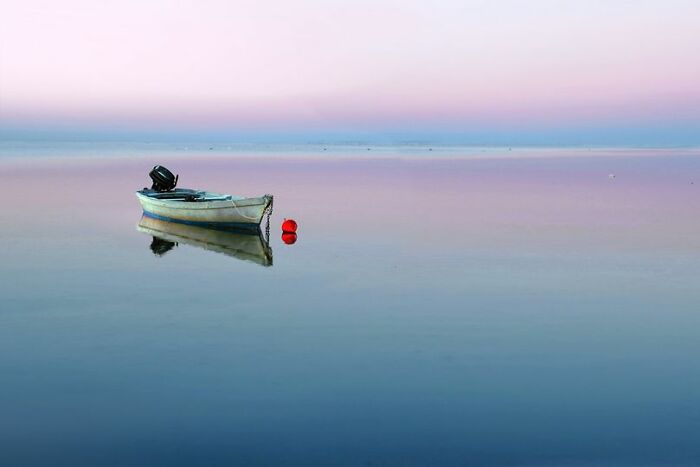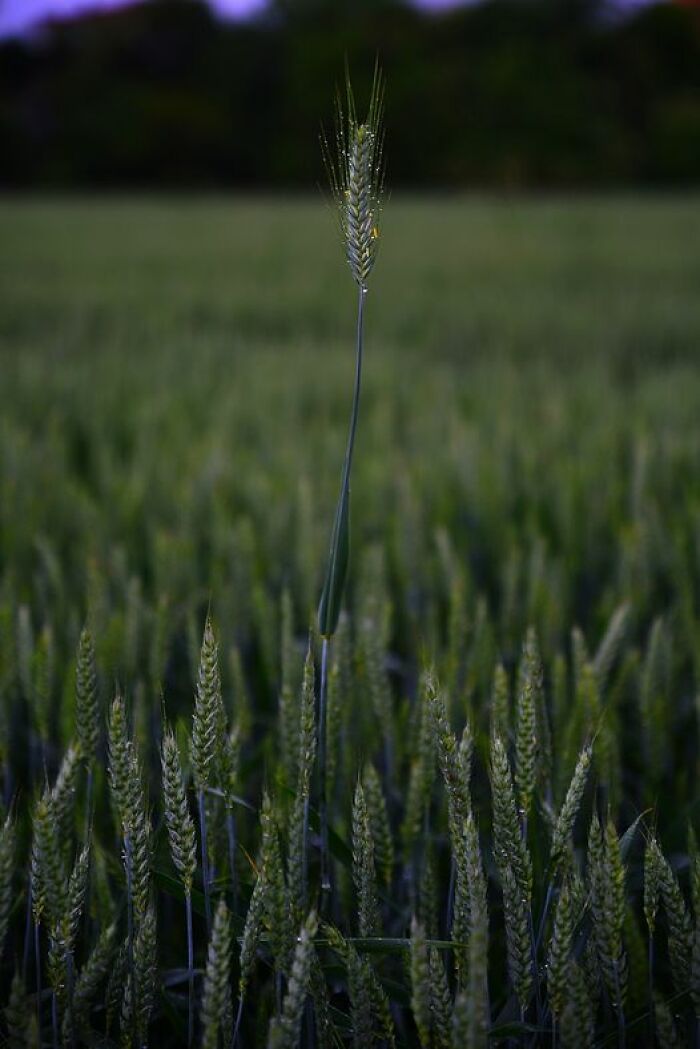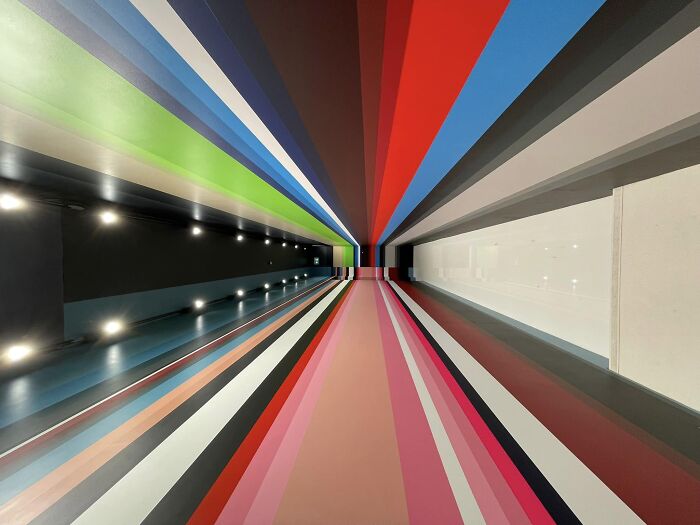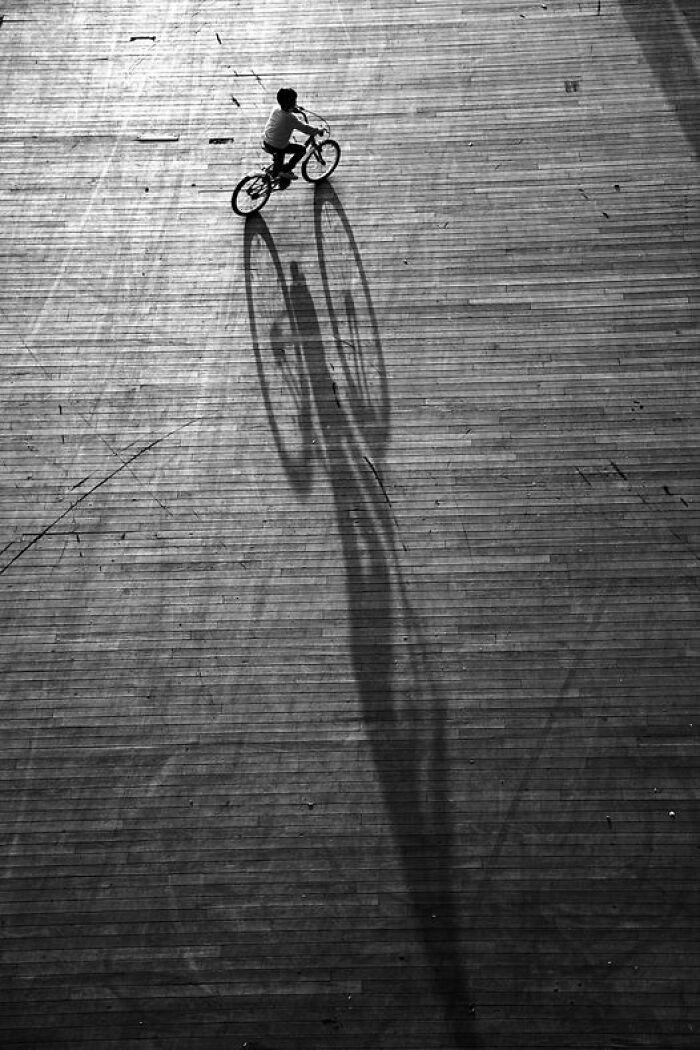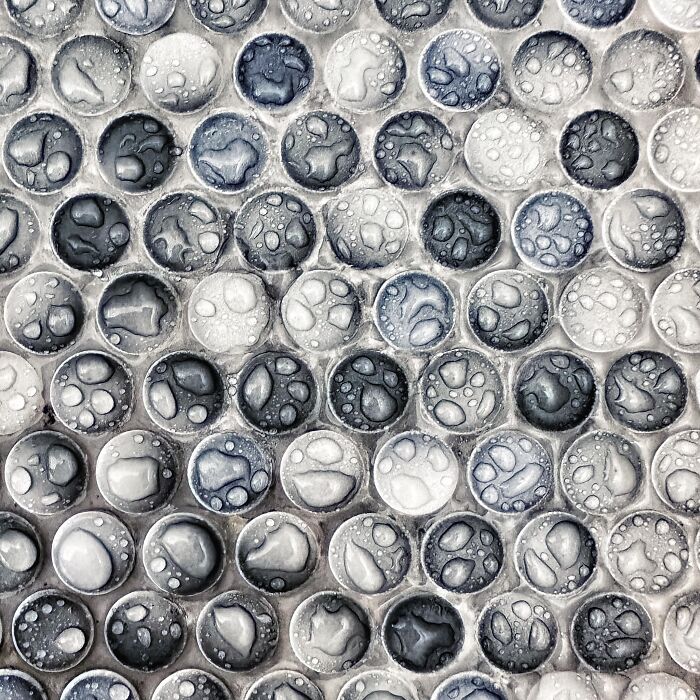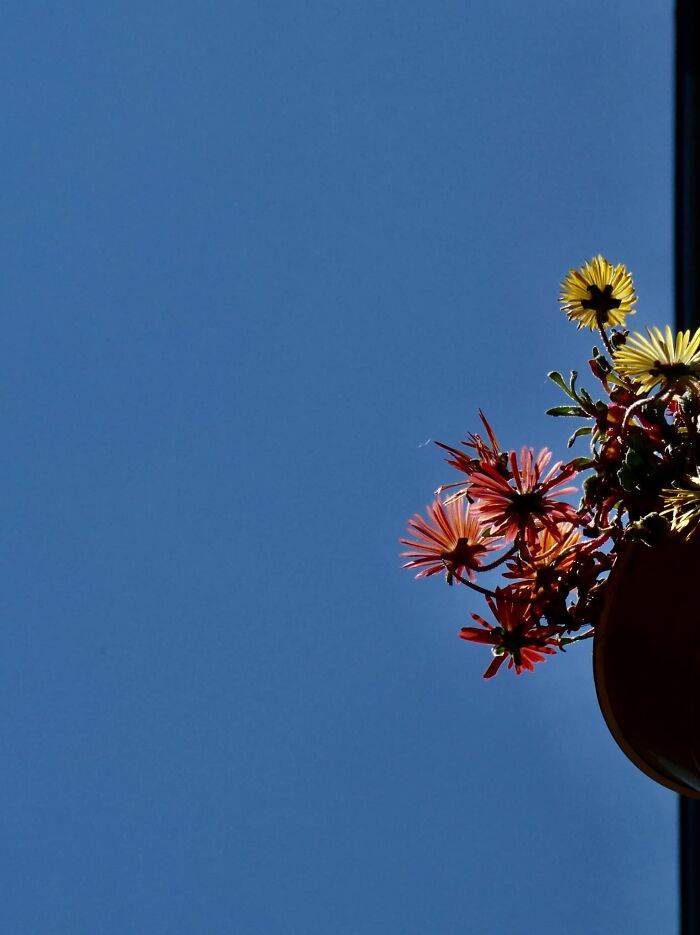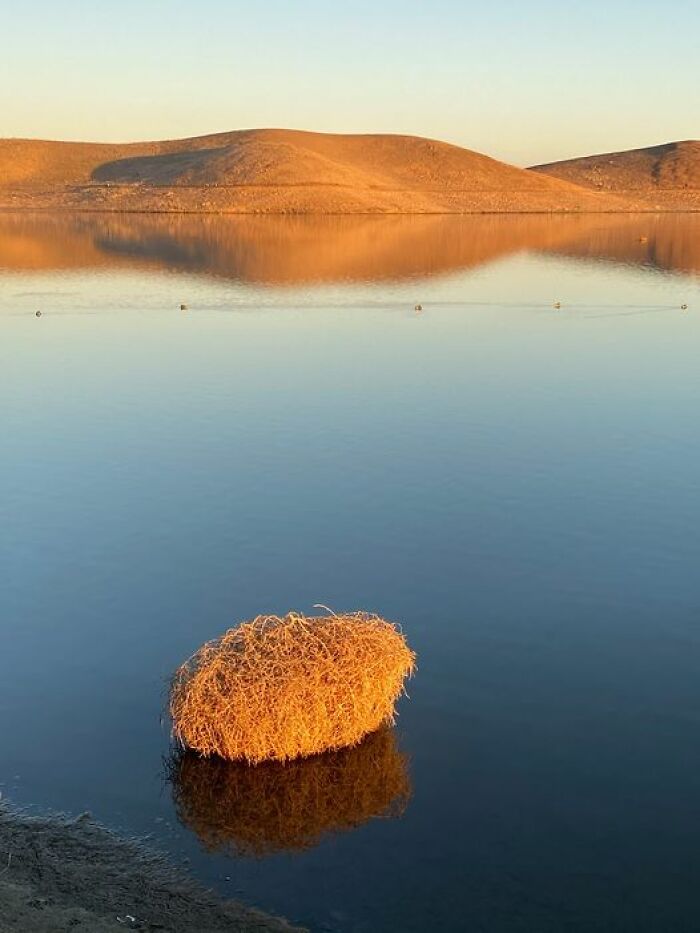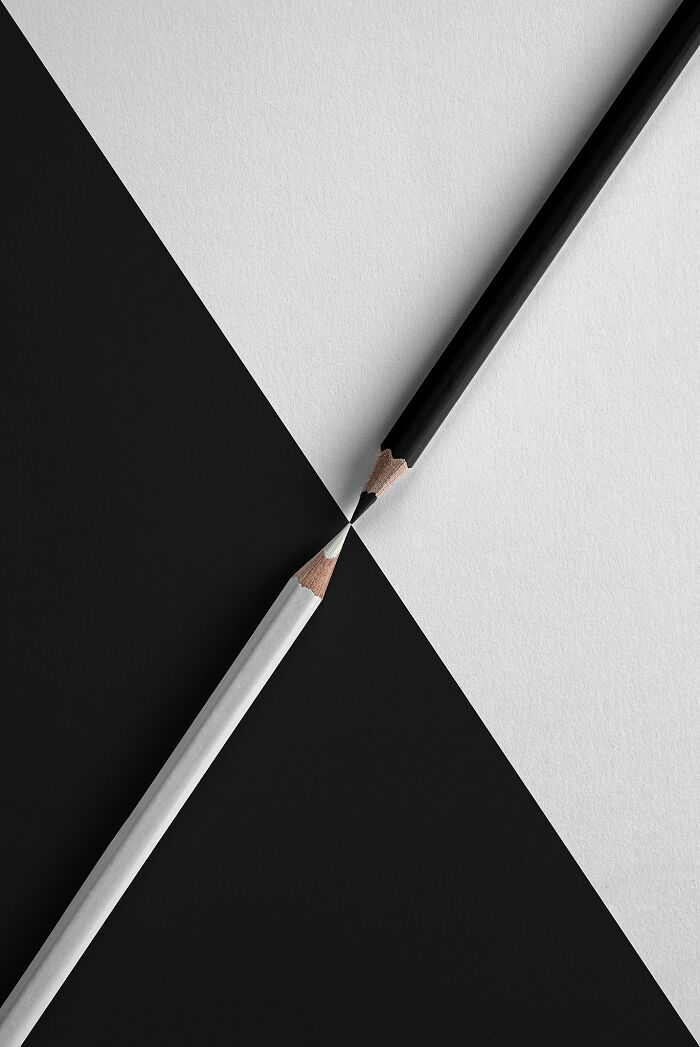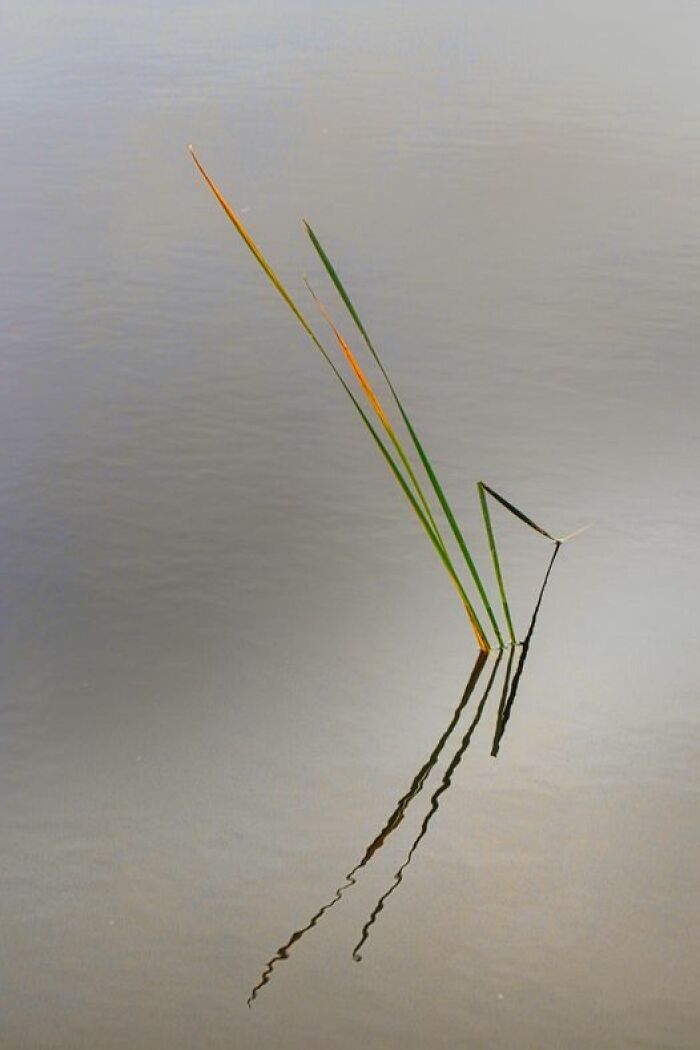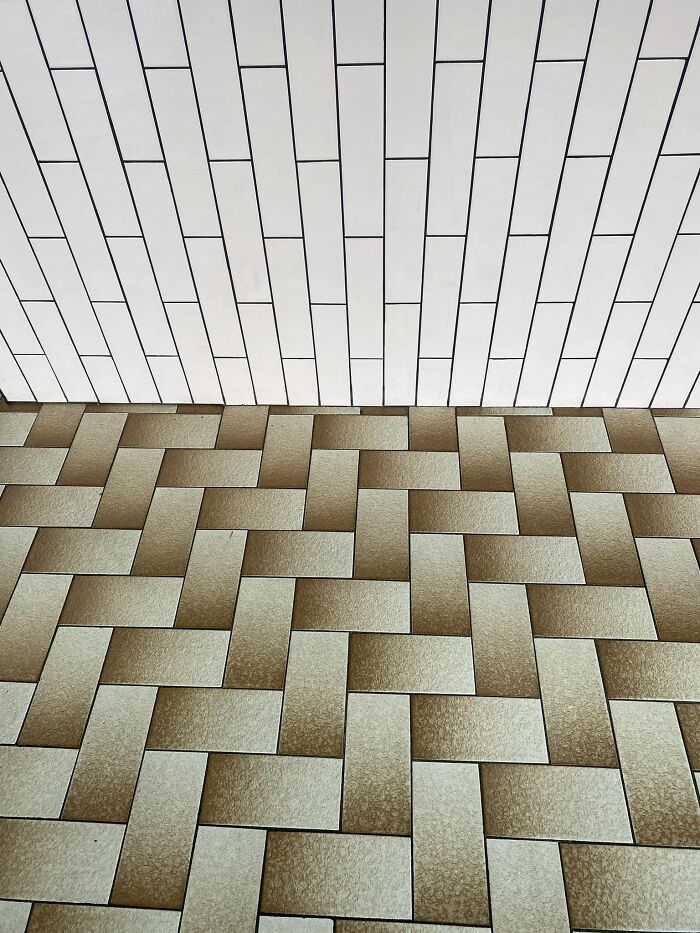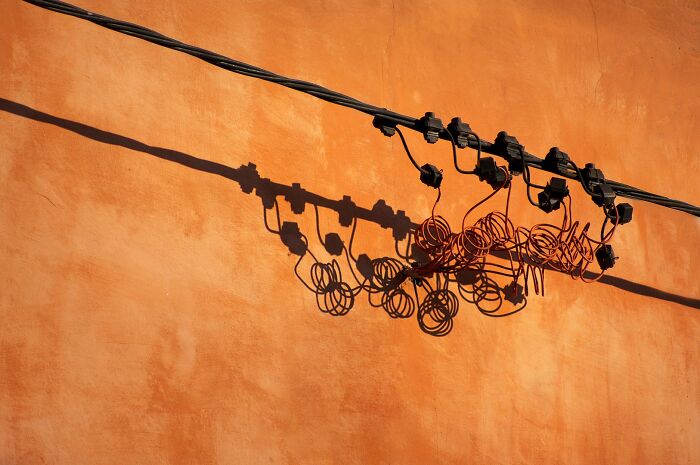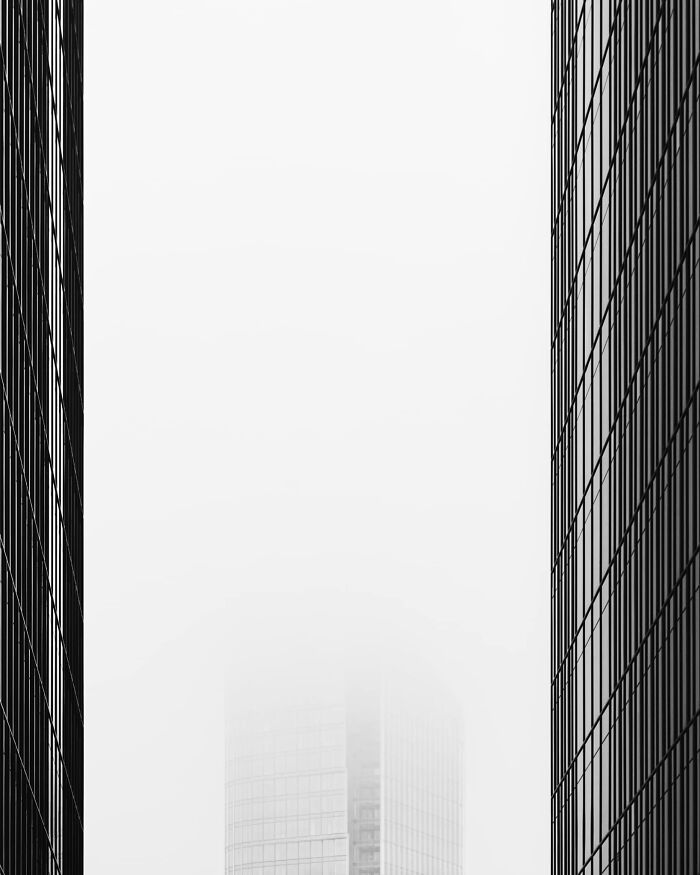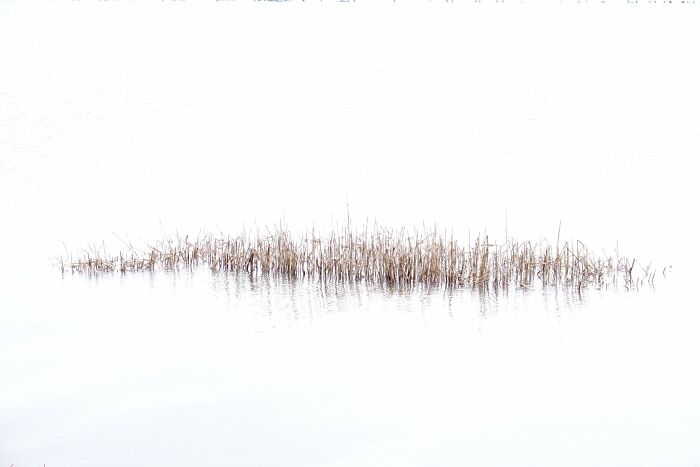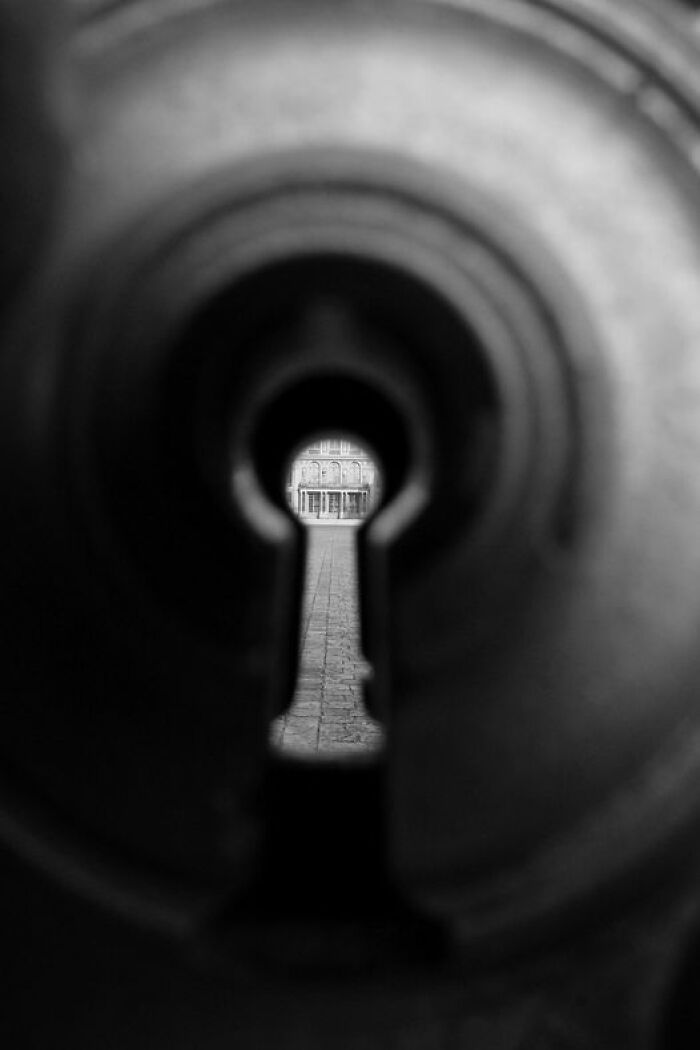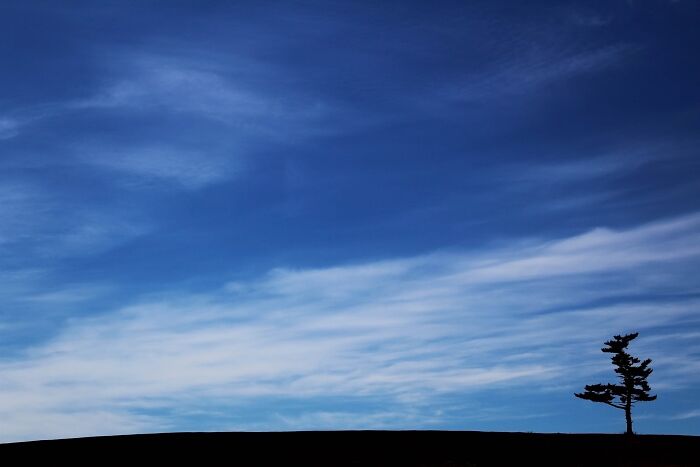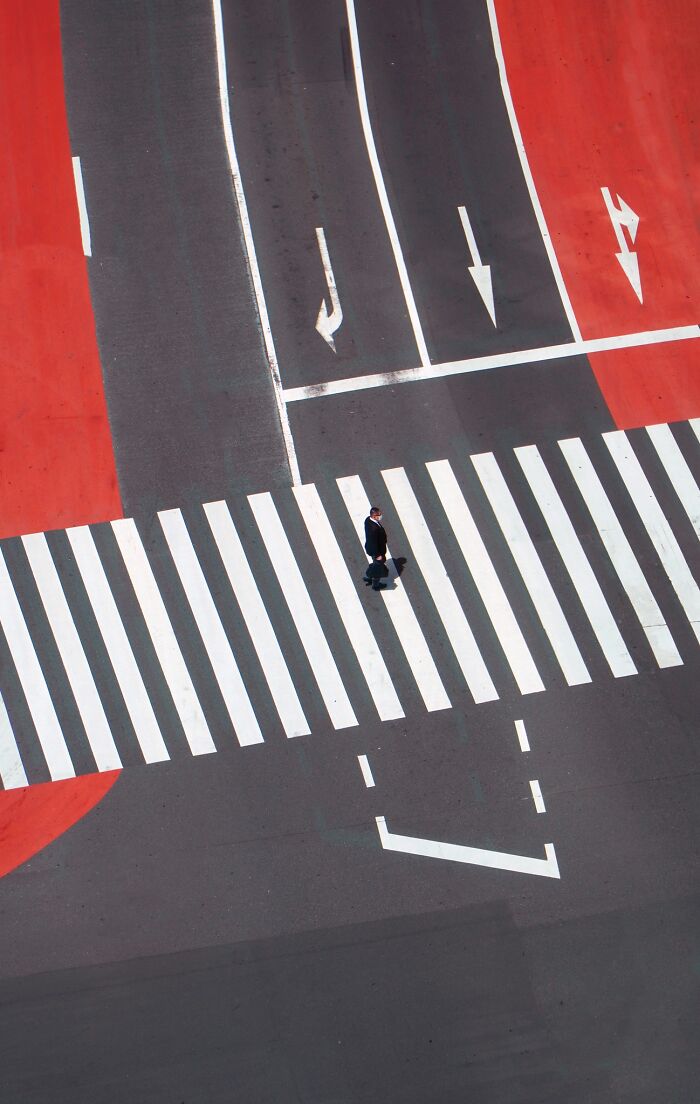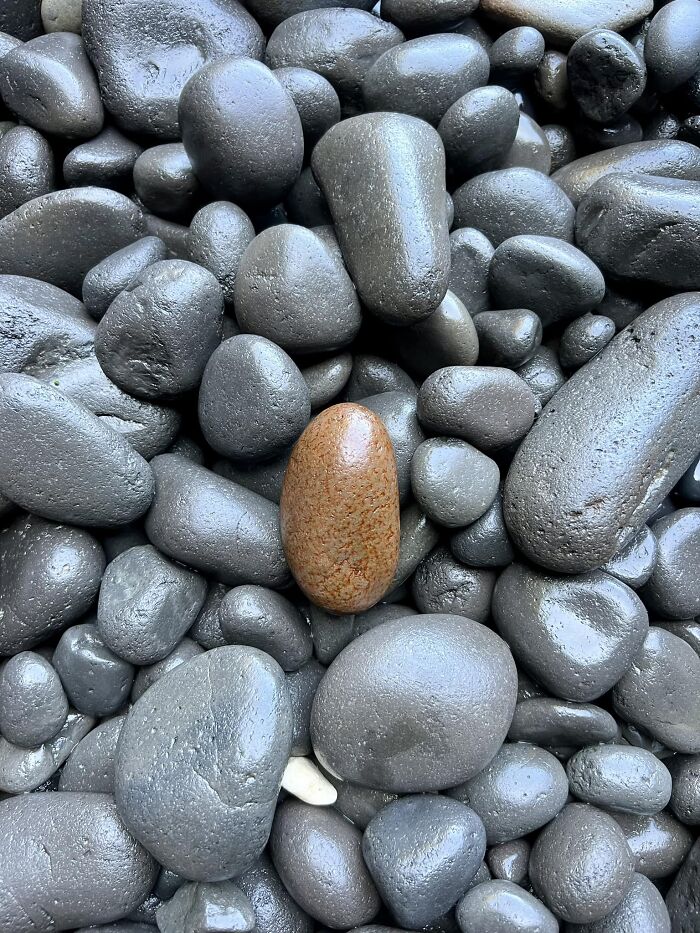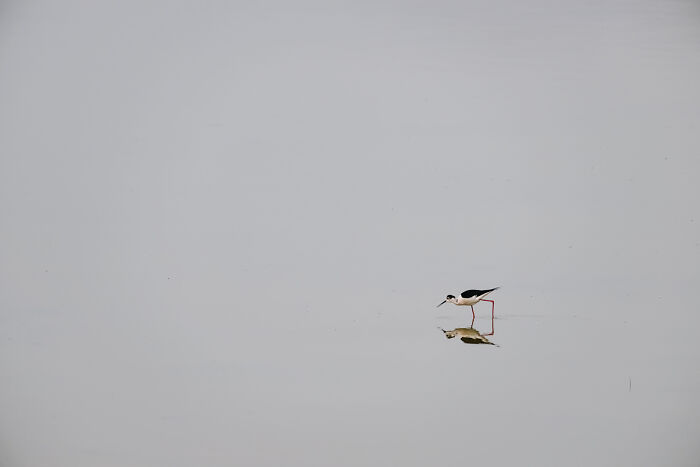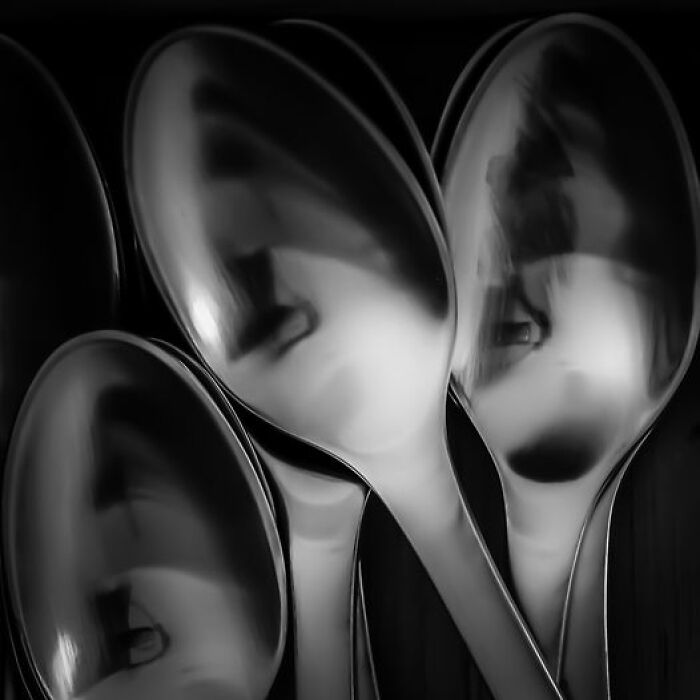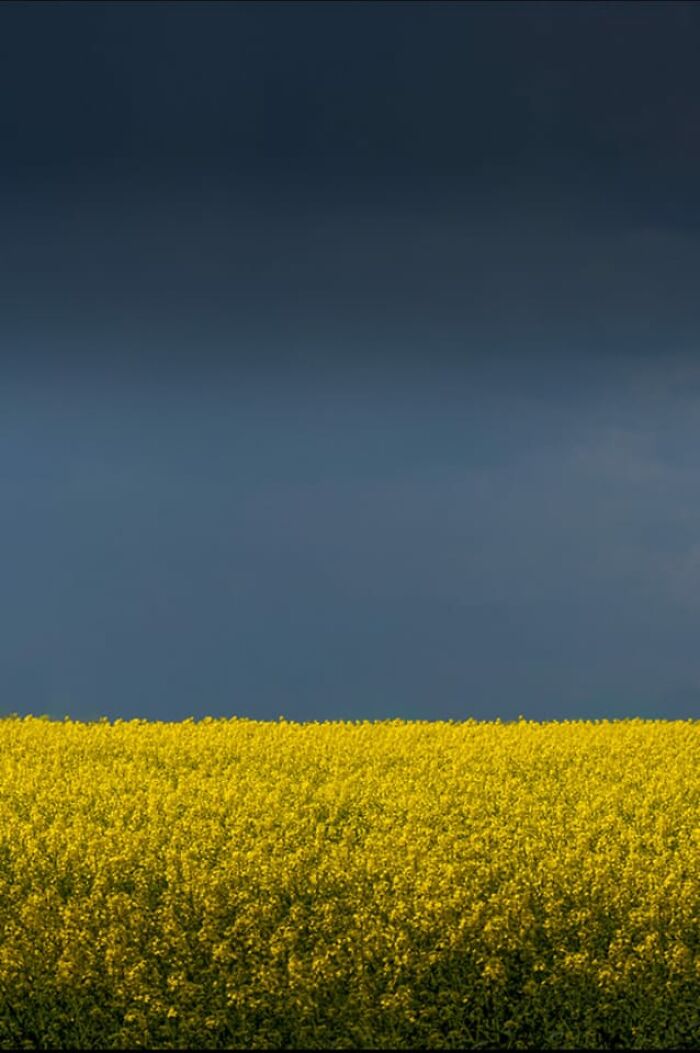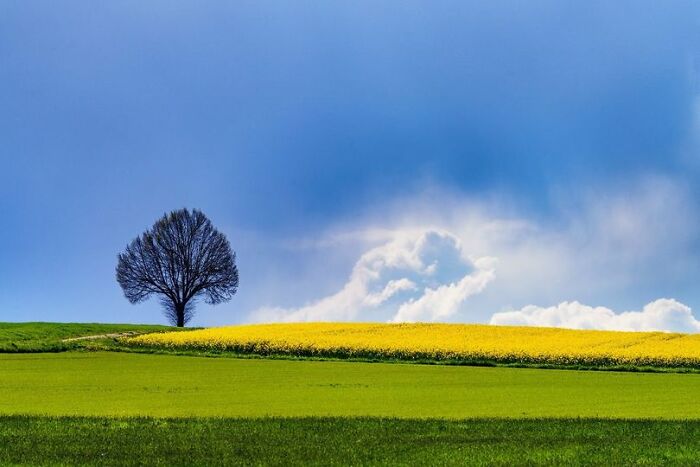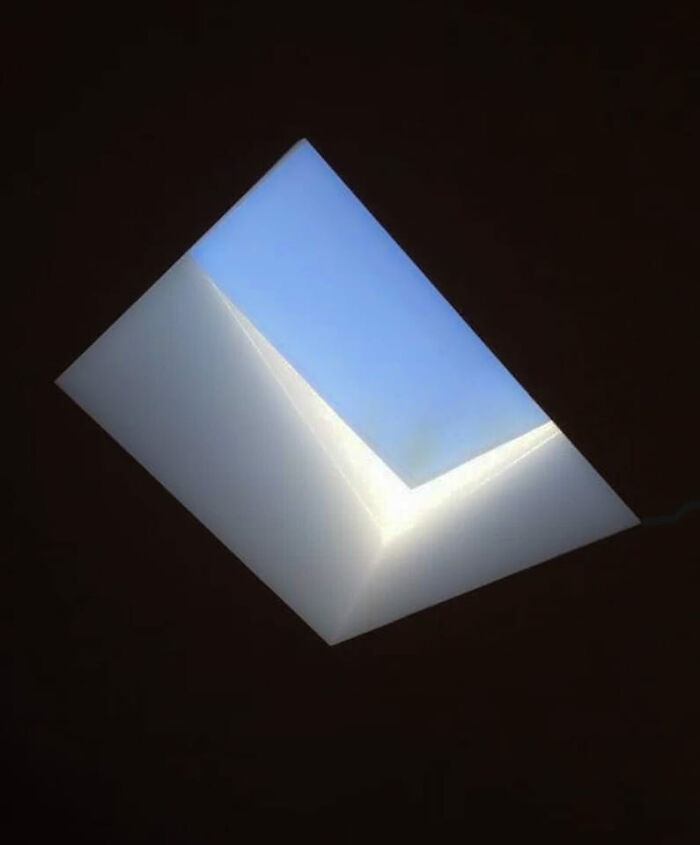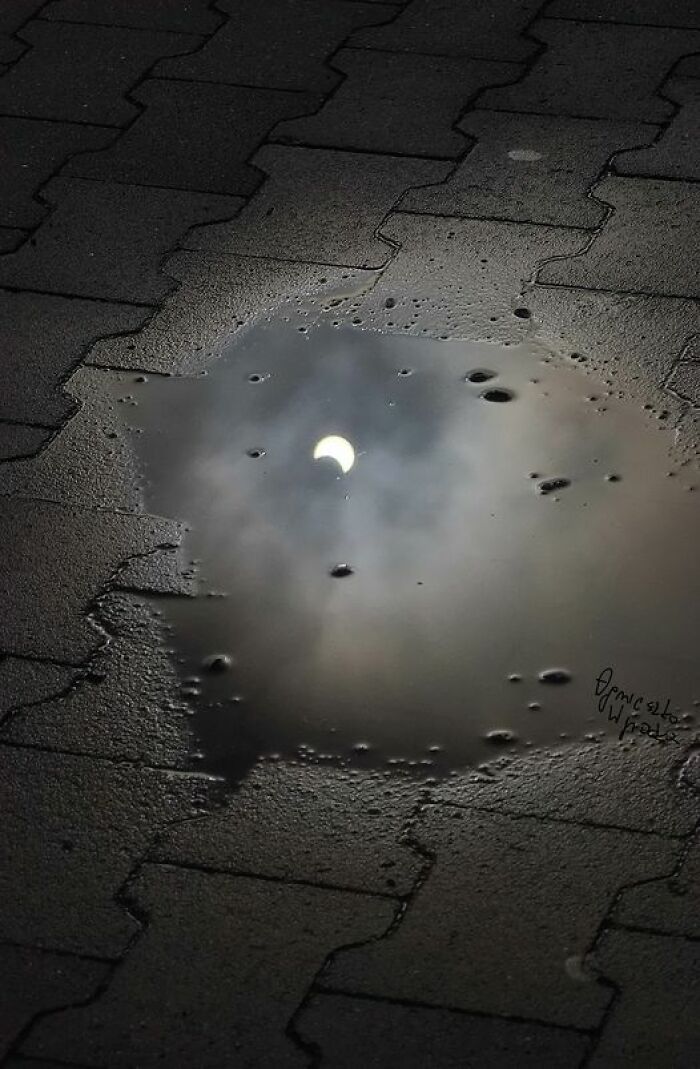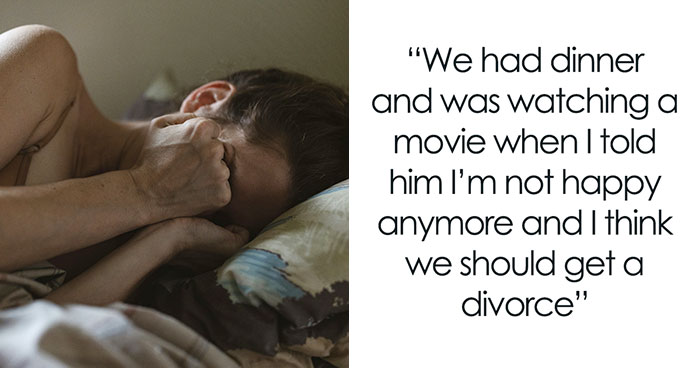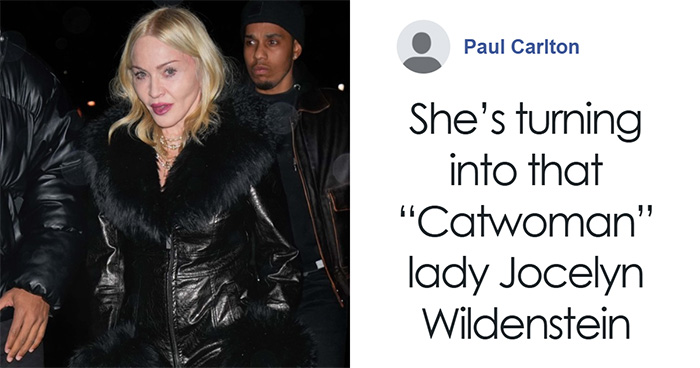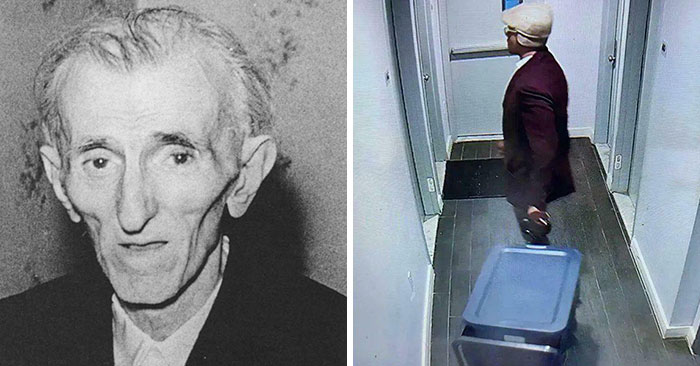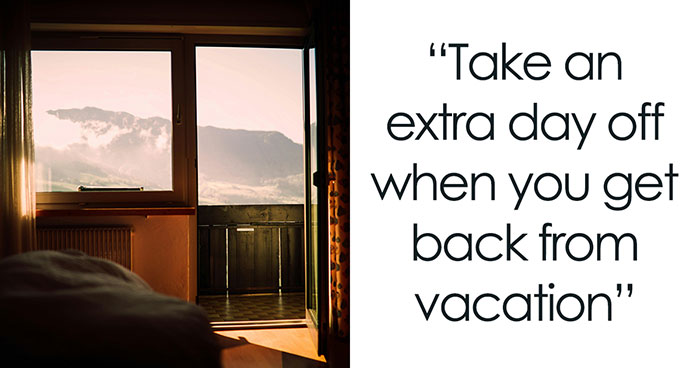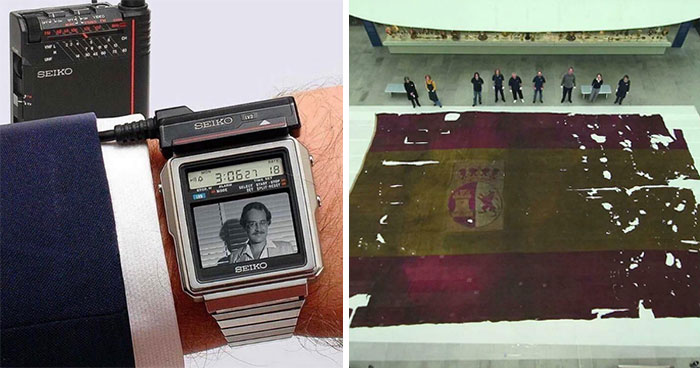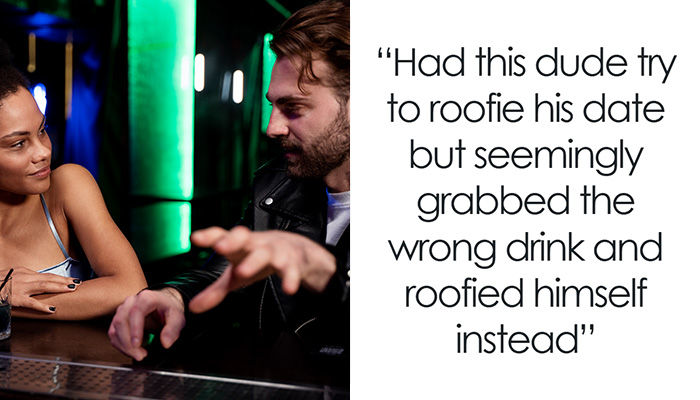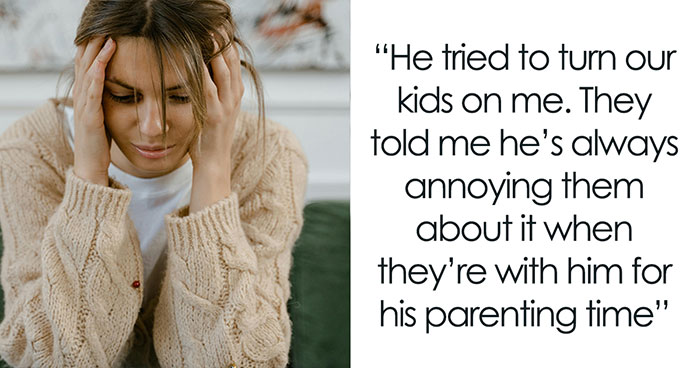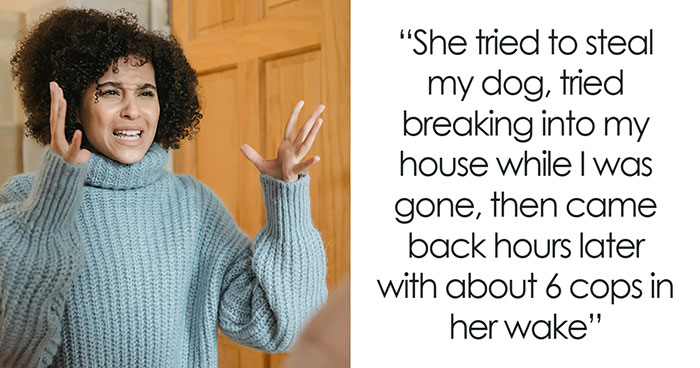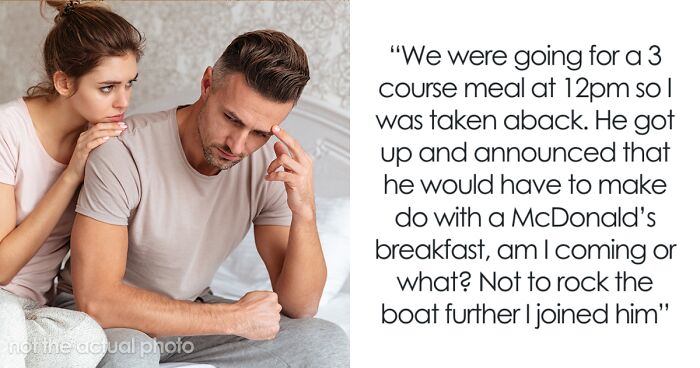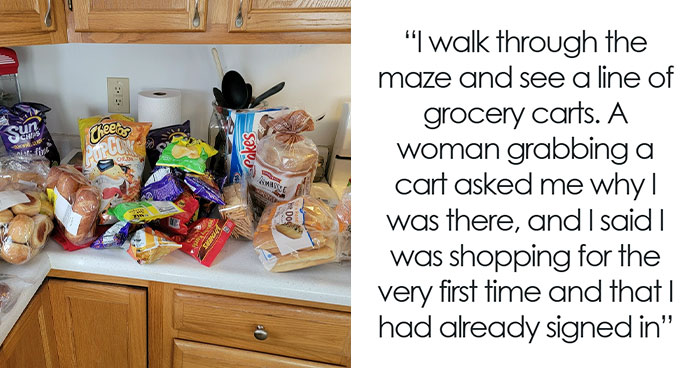Enthusiasts can benefit a lot from surrounding themselves with like-minded people. It helps them fuel each other's passion for the craft and continue to get better at it.
The Facebook group 'Minimalist Photography' is a perfect example of such a place. It embraces both classical minimalism and post-minimalism, or the so-called artistic (or conceptual) minimalism, and invites people to share their works.
"We look for uncluttered artistic images of quality and originality," the team running the group writes in its 'About' section.
Founded all the way back in March 2005, the community now unites 285K members. "We have evolved [our] rules over several years and they seem to work to keep the timeline focused on the artwork and the room a civil, respectful, and enlightening place."
Continue scrolling to check out our hand-picked collection of some of the group's most popular images.
This post may include affiliate links.
I N S O M N I A
Minimalist photography grew out of the extreme abstract painting and sculpture of 20th-century artists. With simple geometric patterns, strong lines, or painted color fields, minimalists created work that didn't refer to anything in the real world but instead stood only for itself. Minimalist photographers adopted this focus on simplicity and limited compositional elements and then applied these principles to what they saw in the real world
To make your own minimalist images, you have to be confident that the scenes that appeal to you will also appeal to others. "It's about focusing the viewer’s eye on a singular object or subject and eliminating white noise," photographer Aleks Baharlo said. "I've learned over the years to trust my instinct and just go for it, but it's a fearful thing to make the one subject in the entire frame occupy less than five percent of the frame while everything else is white."
Gray With Yellow
Weathering The Storm
First Post
Because minimalist photography tends to be stark, the subject of every photo takes on even greater importance than in other styles of photography. Without other figures or compositional elements in the foreground or background, the subject has to grab the audience’s attention.
"The subject matter better be interesting, or a minimalistic photo becomes a simplistic photo,” Baharlo said. By isolating an interesting subject, you invite the audience to use their imagination and invent their own story.
Landscapers Palette
Really cool image, but I'm struggling to see how it fits the 'minimalist' theme.
After Light
Rain Incoming
Misty Blue
Without background noise, the elements in the frame and the angles at which you capture them become even more important.
To draw the viewer’s focus to your subject, compose your photo carefully in your viewfinder. Ask yourself if everything in the frame is essential.
Take an element away from the image and see how you like it. Does it feel more balanced? Does it feel like your attention is going where you want it to go? You can do this over and over again, moving the camera or changing your position until only the bare essentials remain.
Hunza Pakistan
Figures In The Mist
Blue On Blue. The Mediterranean
Baharlo has no problem breaking the rule of thirds. "My photography is often a lot of contrasting lines: a horizontal horizon, vertical subject matter," he said.
"Either everything in the frame is vertical, everything in the frame is horizontal, or it’s a contrast of the two." Experiment with each photo to see what works best with each subject.
*
Empty
Summer Perspective
Cyan & Red
With a shallow depth of field, you can keep the viewer’s attention on the subject by blurring the background. "I use a shallower depth of field, so the subject matter is in focus and everything in the background is completely blurry," Baharlo said. You can achieve this by widening the aperture, which lets more light into the camera’s sensor, or you can increase the distance between the camera and the subject, and then zoom in on the subject. This will result in a blurrier background. If there are lights behind your subject, a shorter depth of field can create a bokeh effect, turning points of light into fuzzy circles.
Queuing
Sunrise Through A Leaf
Perfect Storm
Widening the aperture isn’t the only way to increase the light that reaches the camera’s sensor. You can also slow down the shutter speed to create a higher exposure or a more light-filled photo. A higher exposure can turn a cloudy sky into a field of white. "Most of my photographs have a lot of negative space in white, which accentuates the gray or darkly colored subject matter," Baharlo said. He recommended bracketing, taking a picture at the proper exposure, then taking one at a much higher exposure and another at a much lower exposure. These variations give you more options when you edit the photo.
The Edge
New Mexico, USA
Next Station
Rondini
1 second after this photo was taken, the bird in the middle dropped his 'bomb' right onto the photographer. /jk
You can find minimalist shots virtually everywhere, but quieter settings tend to work best when you're shooting landscape photos. “It’s very difficult in an urban environment to take a lot of minimalistic photography, but desert, beach, or mountains tend to be more friendly to minimalistic photography,” Baharlo said.
Daylilly Droplets
My First Post
Ligt Line
Different Ways
these pics- are utterly amazing. me over here with the iphone 7 and the 50 year old cannon cam
Still, you can find minimalist subject matter even if you live in a crowded city. Look for blue skies, blank walls, stretches of concrete, or grassy fields in parks. Keep your eyes open to everyday life.
In minimalist photography, color—or the lack of it—can add focus, stir up drama, or even evoke serenity. Bring your vision to life by experimenting with a range of different palettes. And if you get a shot that you like, share it with 'Minimalist Photography!'

 Dark Mode
Dark Mode 

 No fees, cancel anytime
No fees, cancel anytime 



